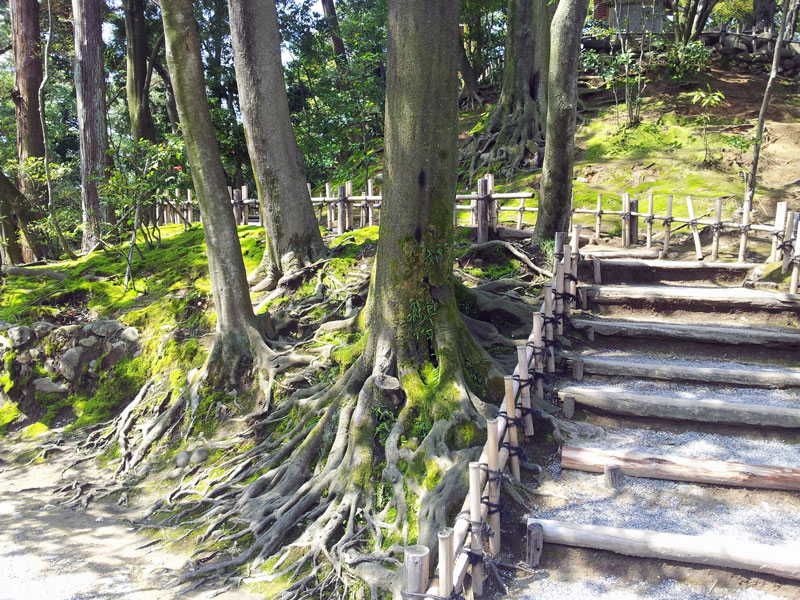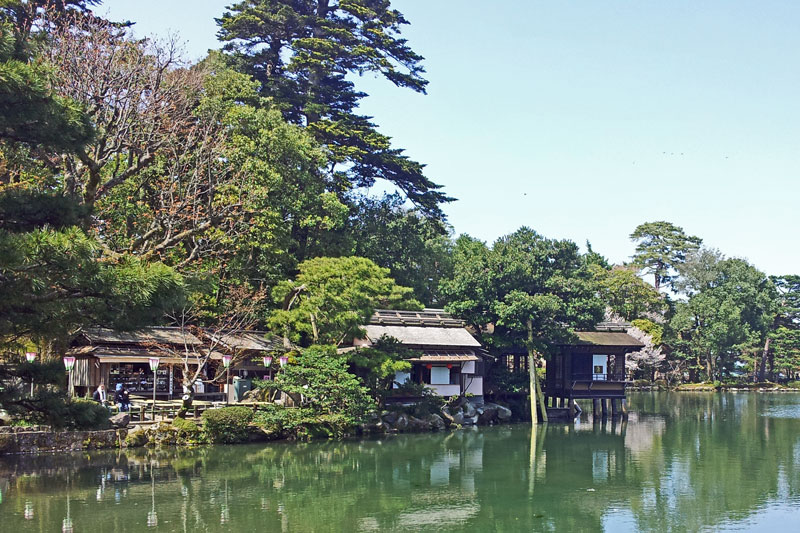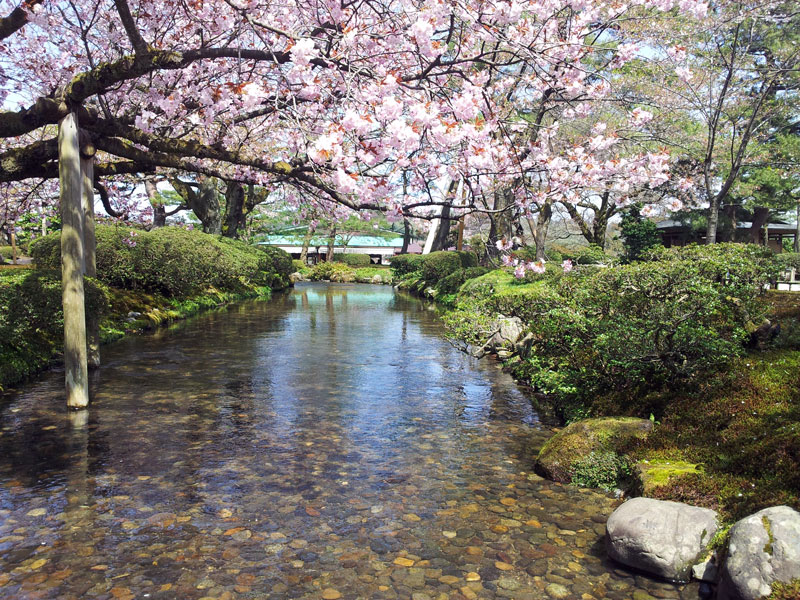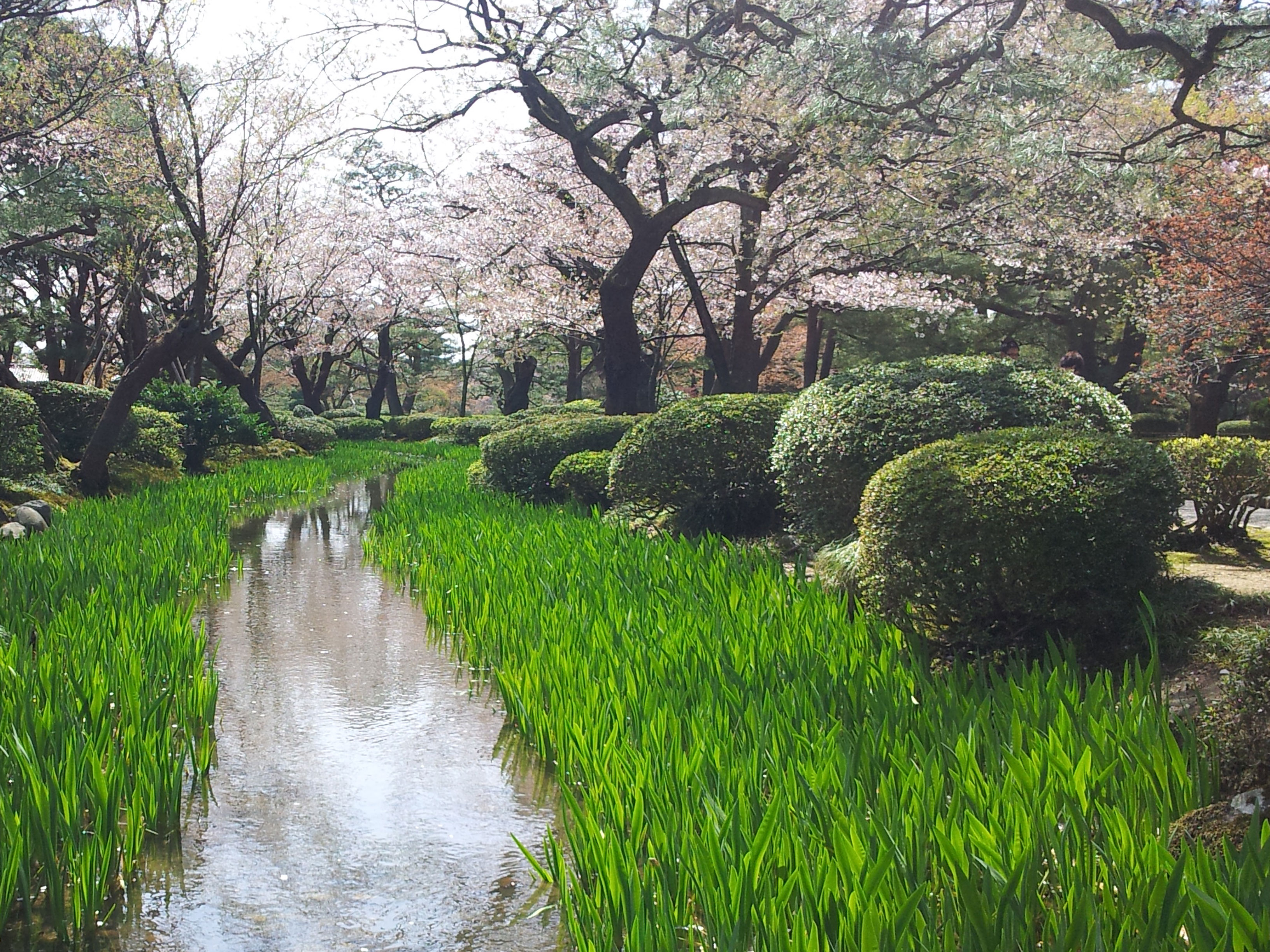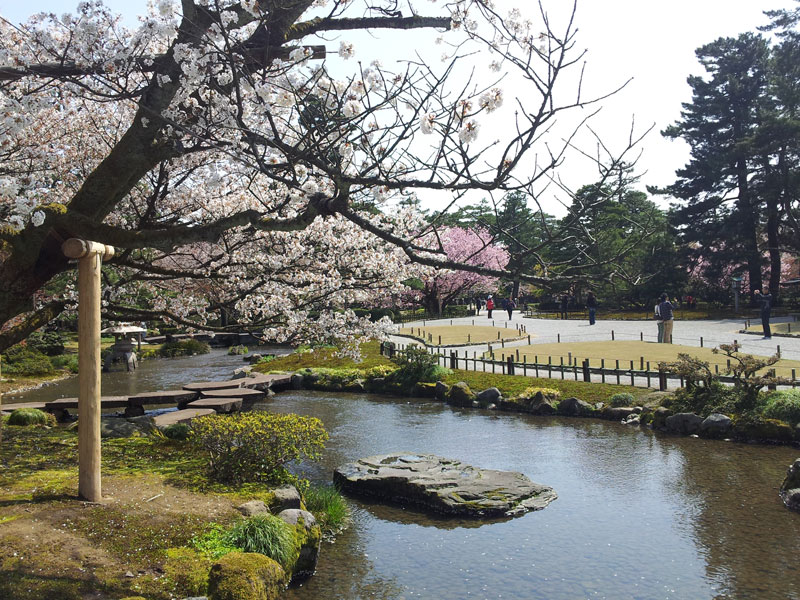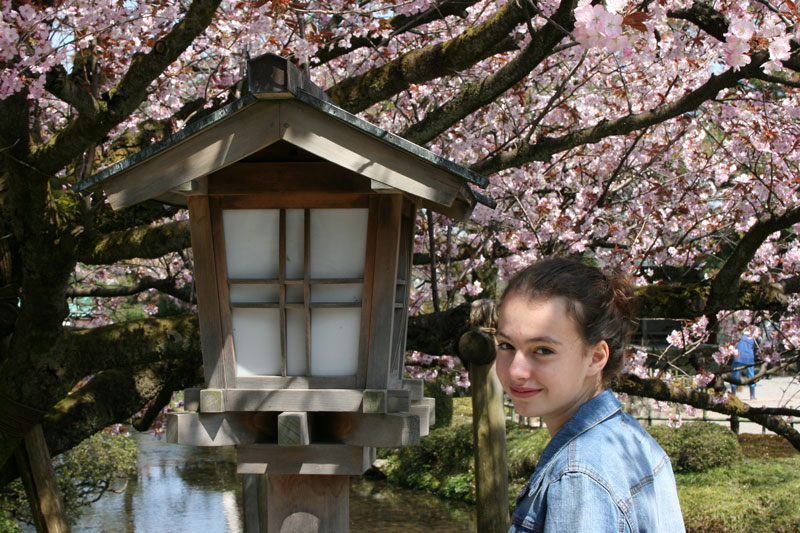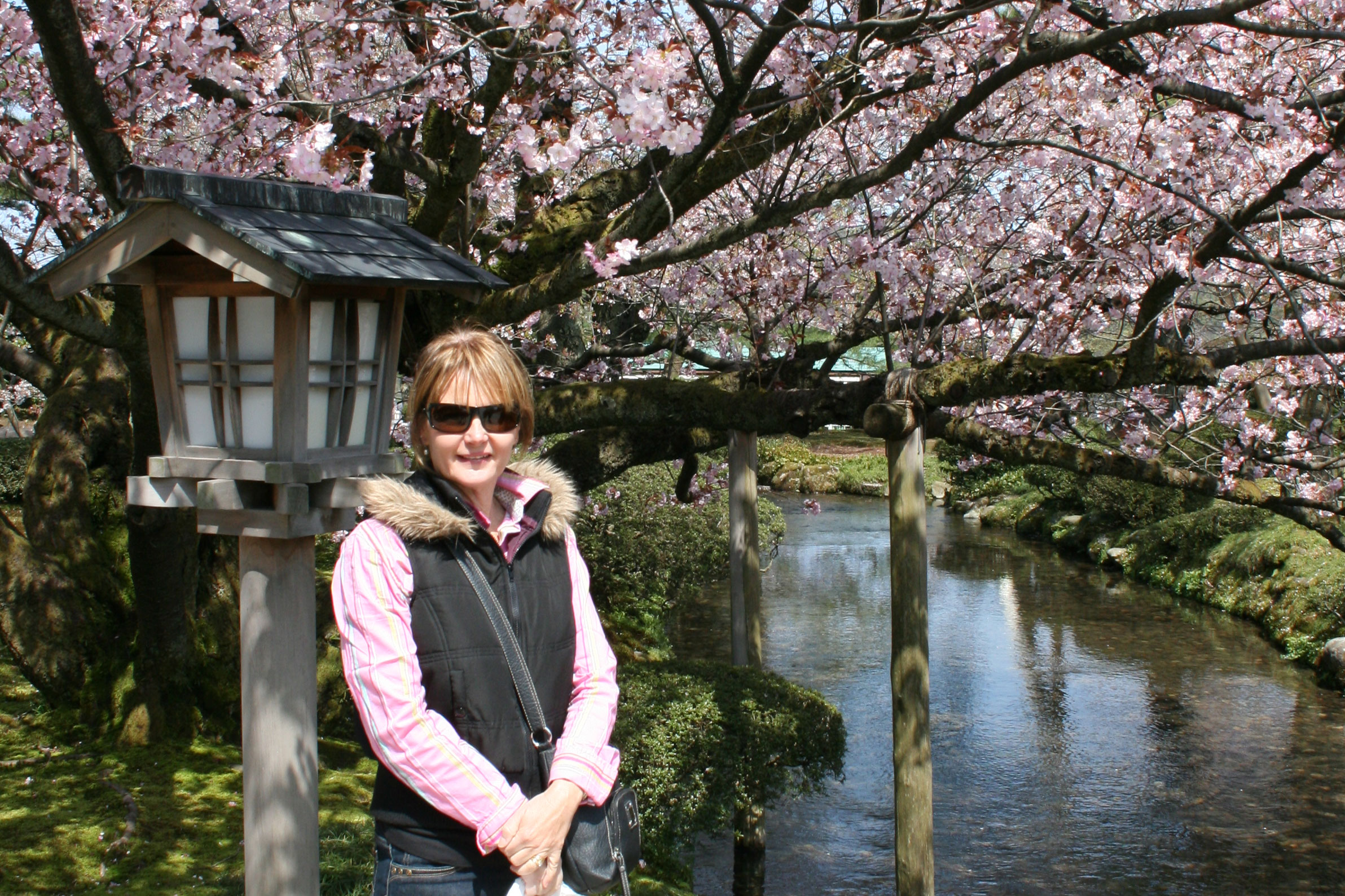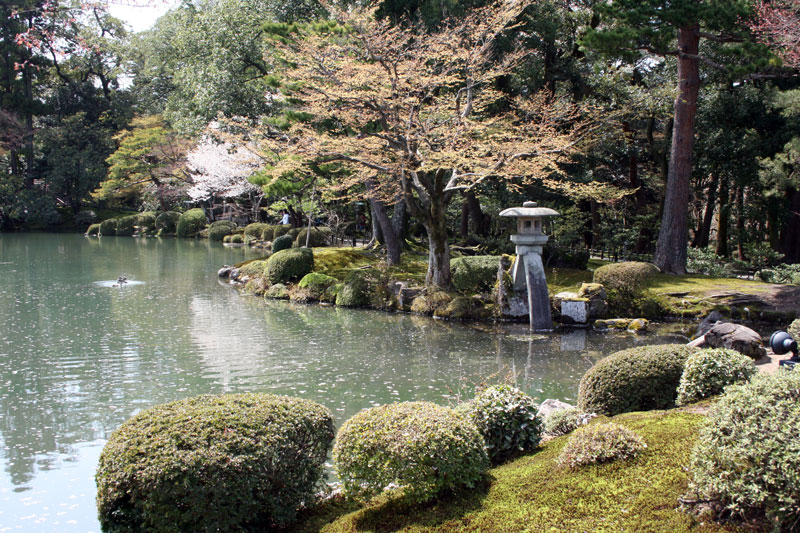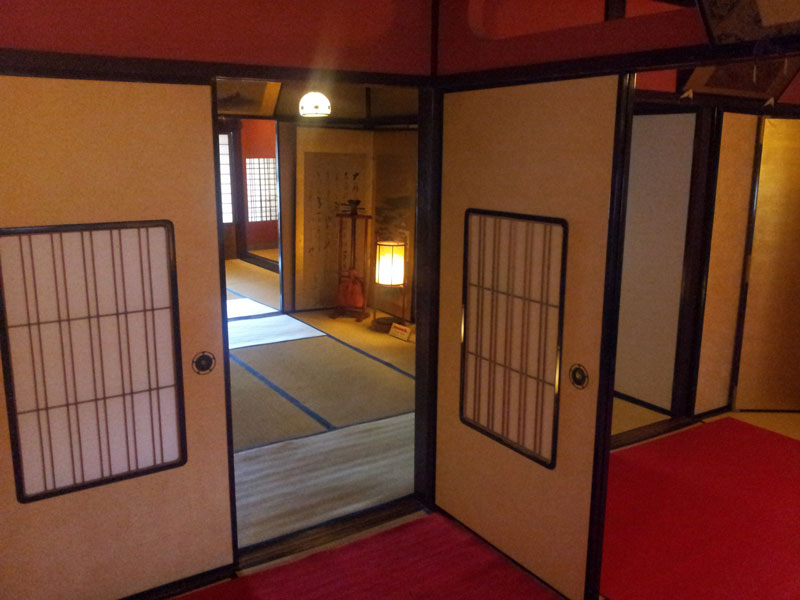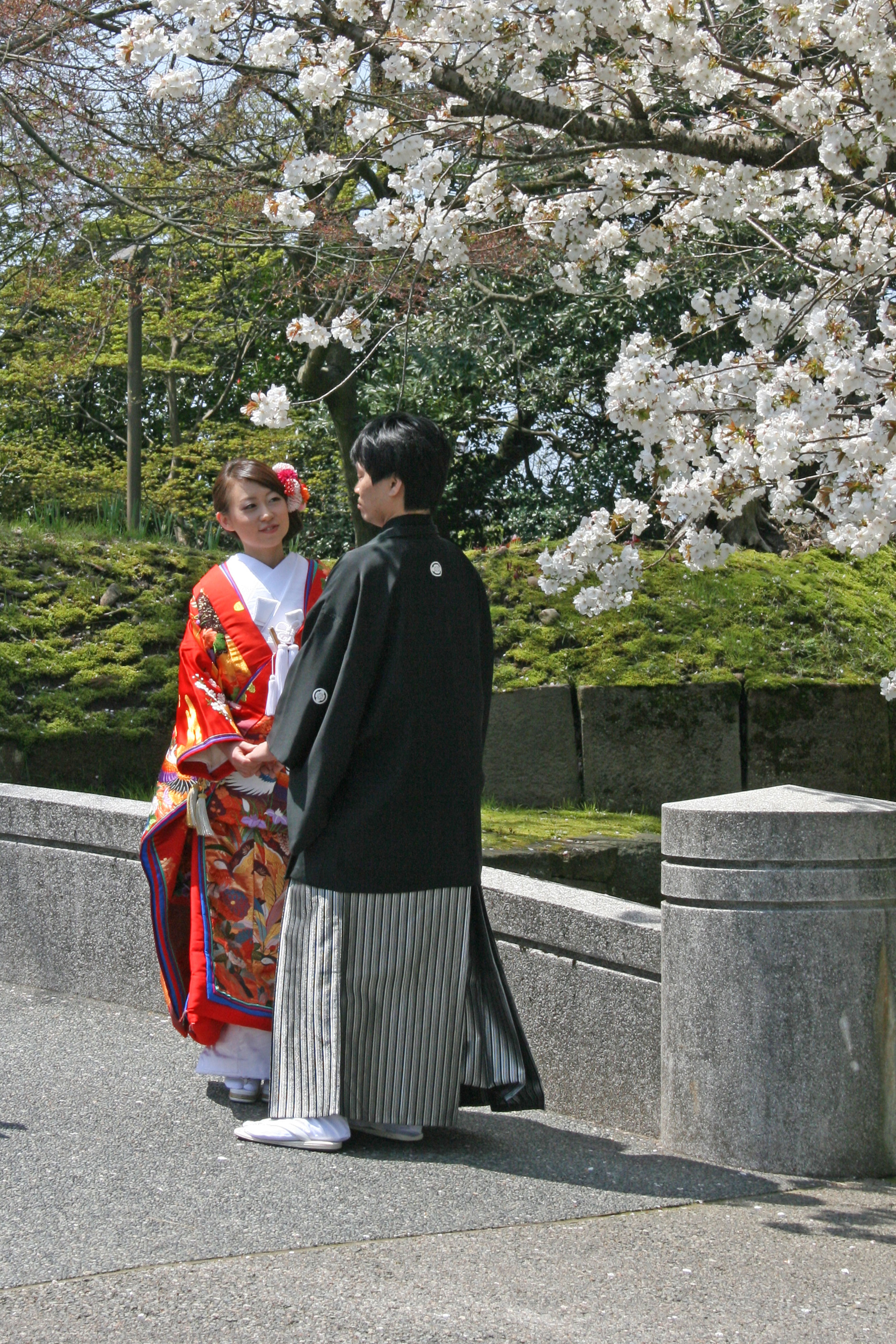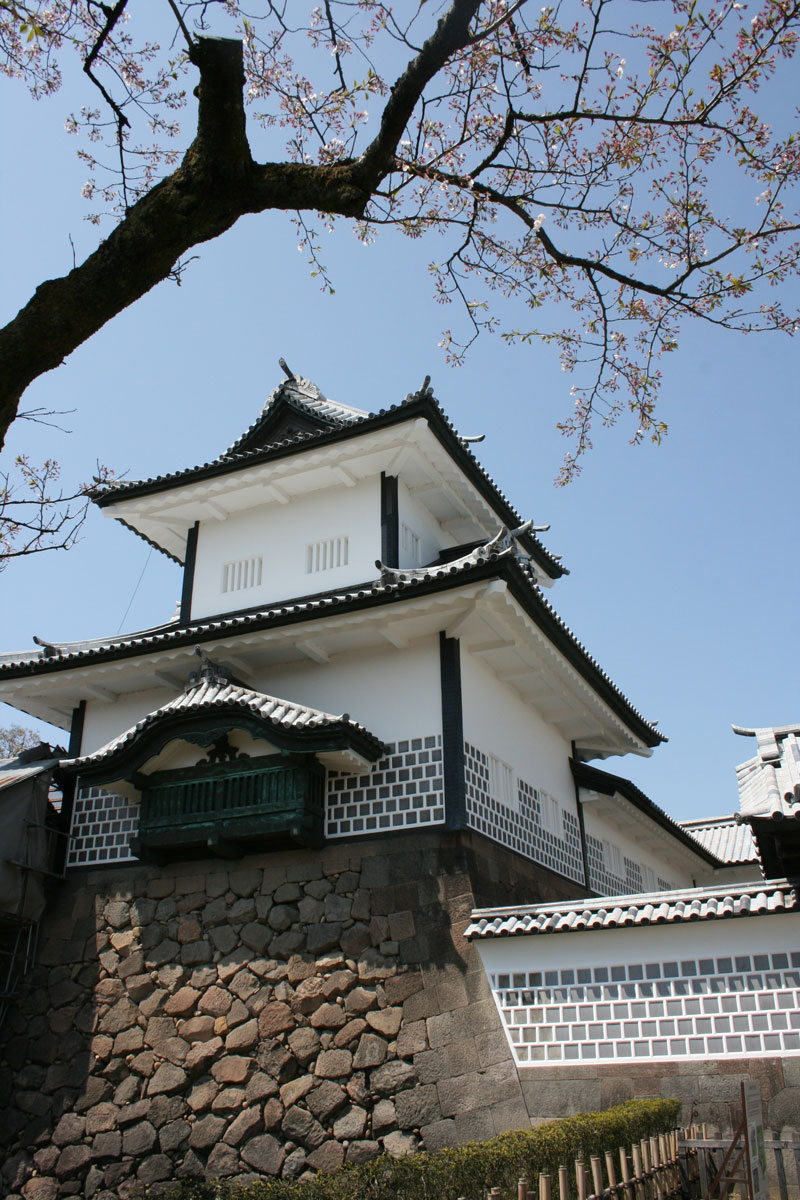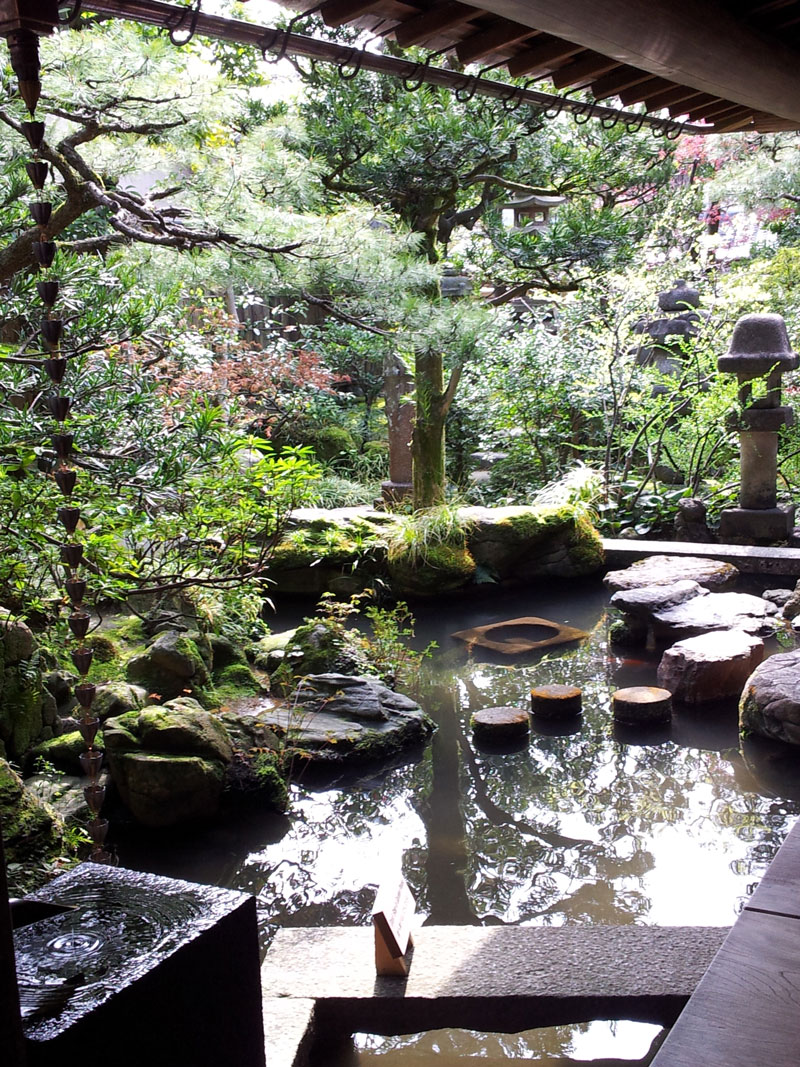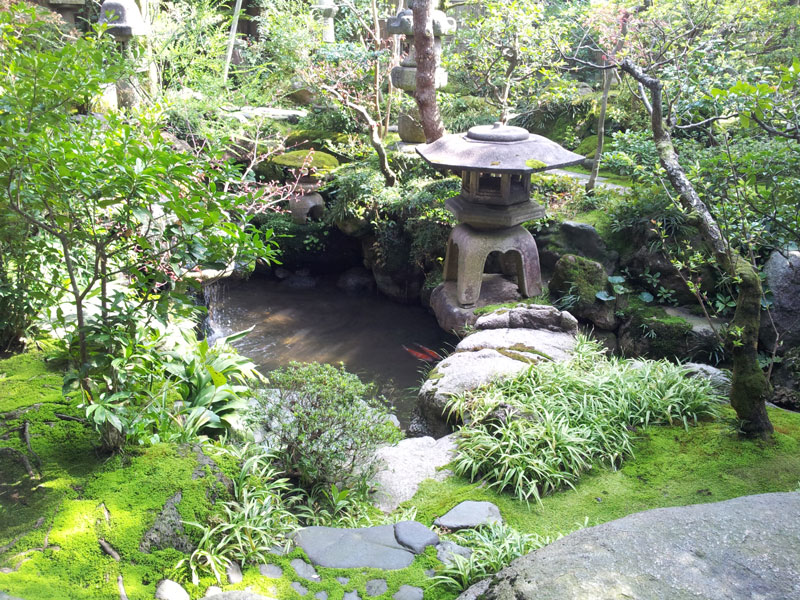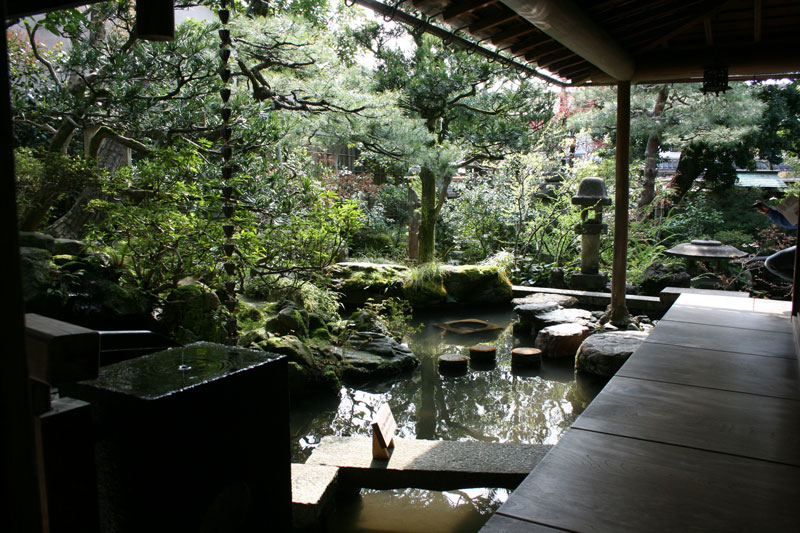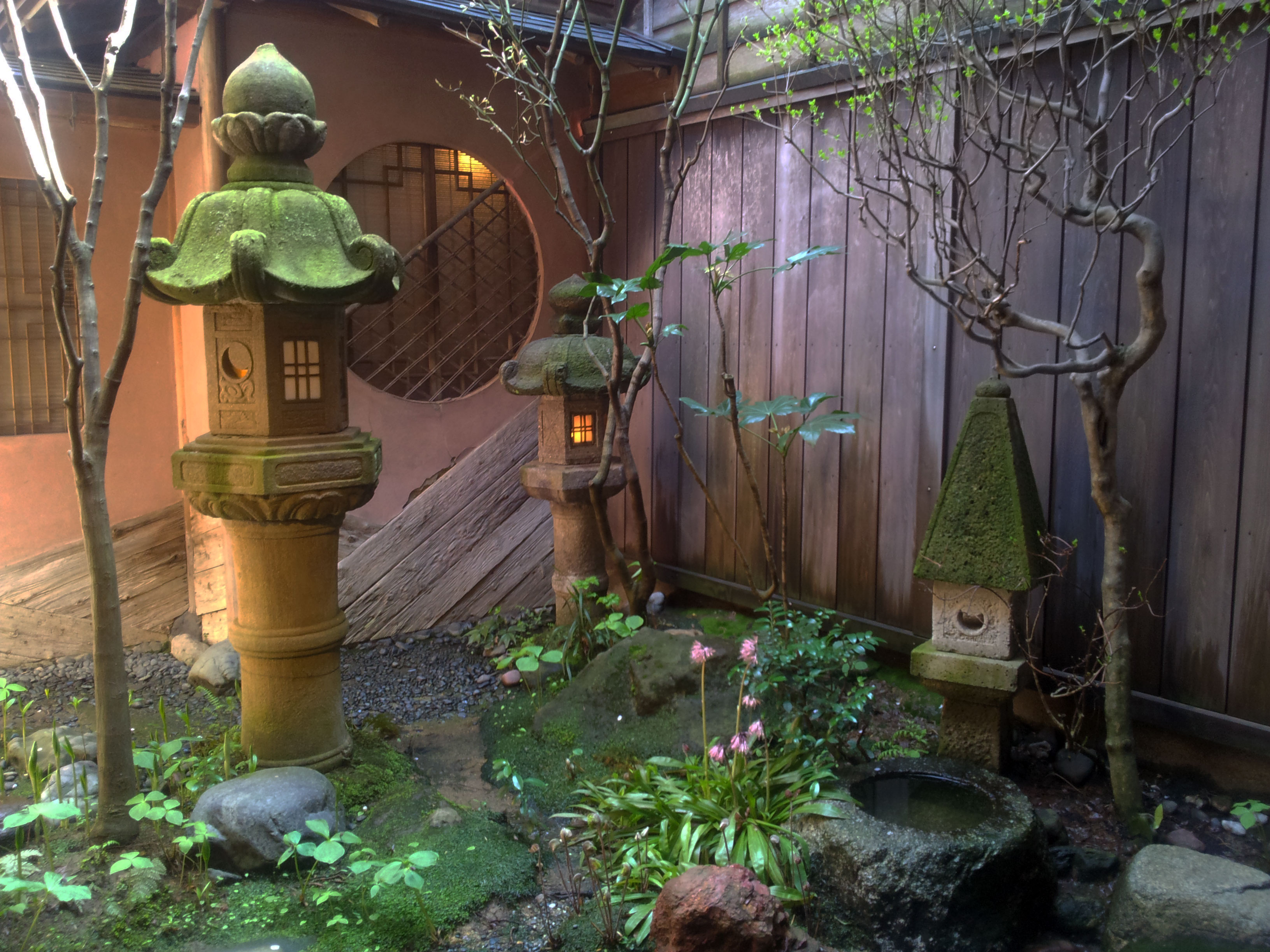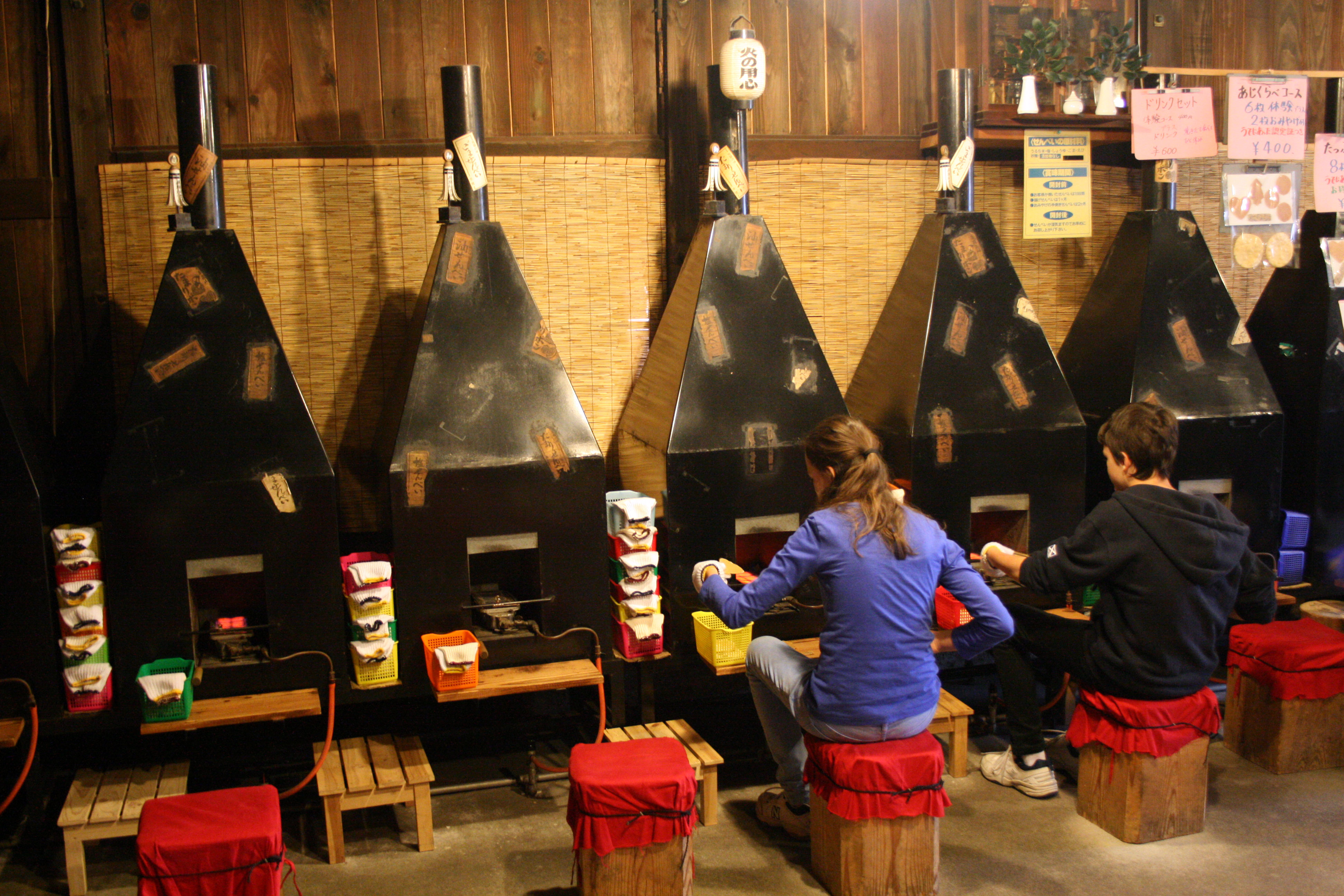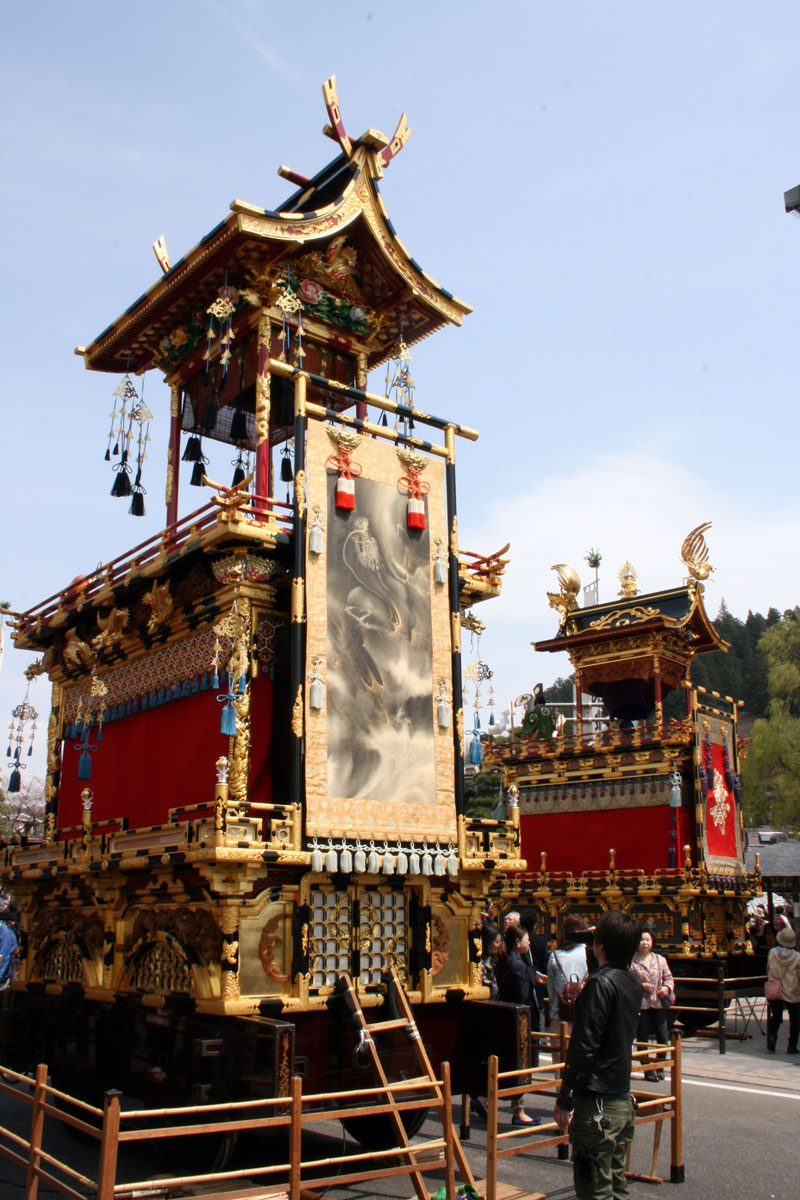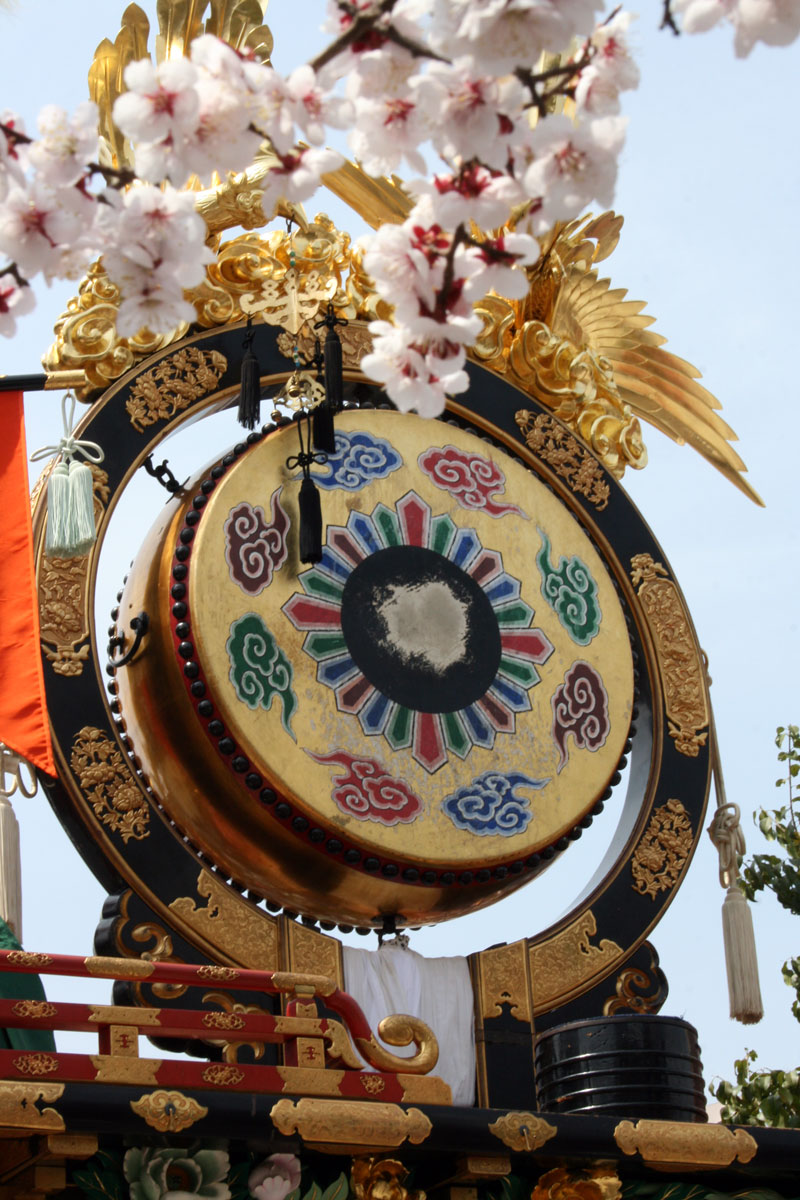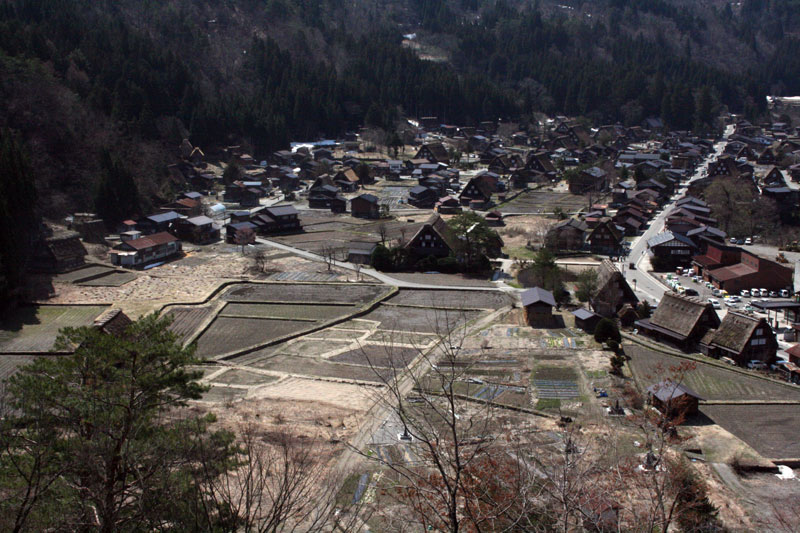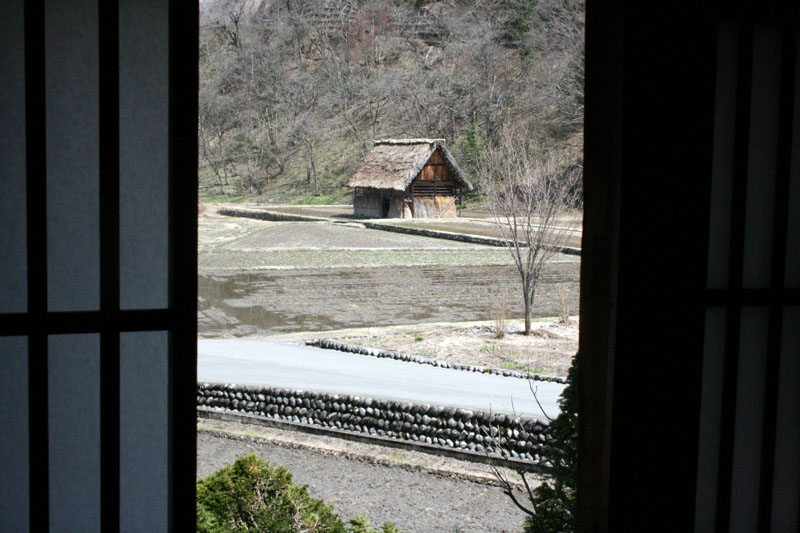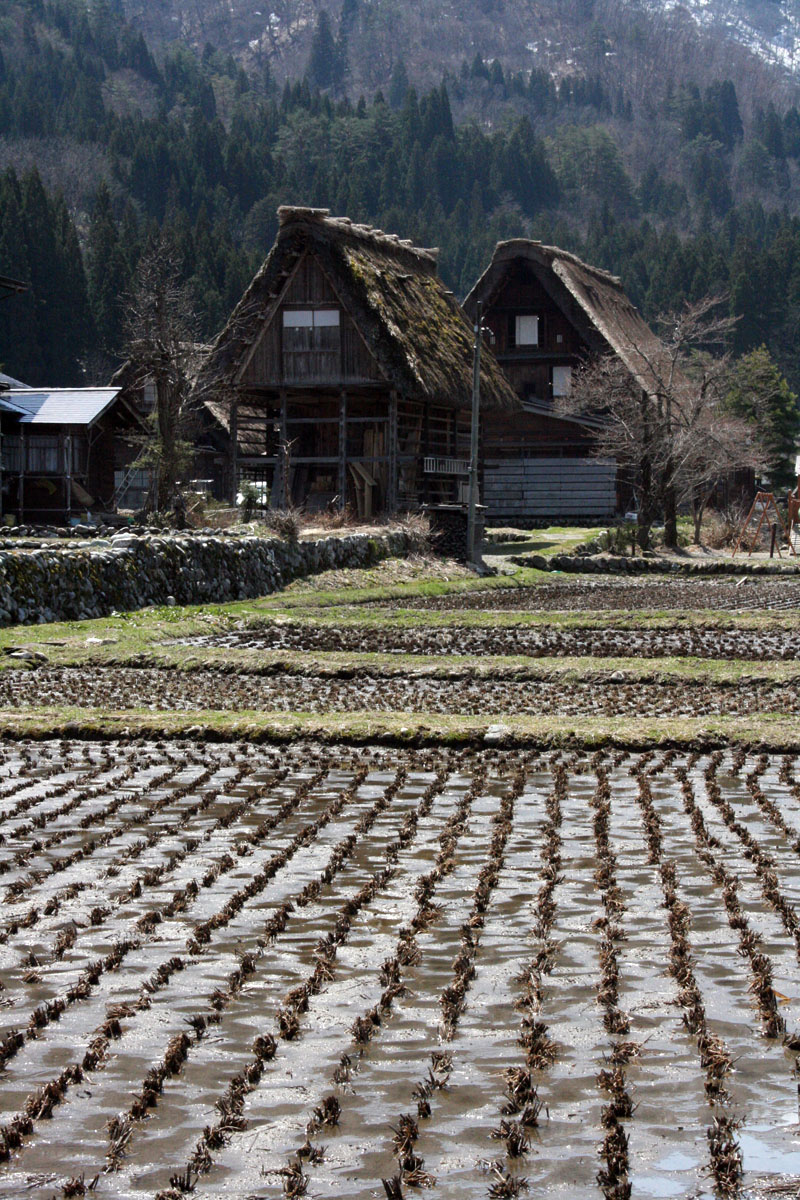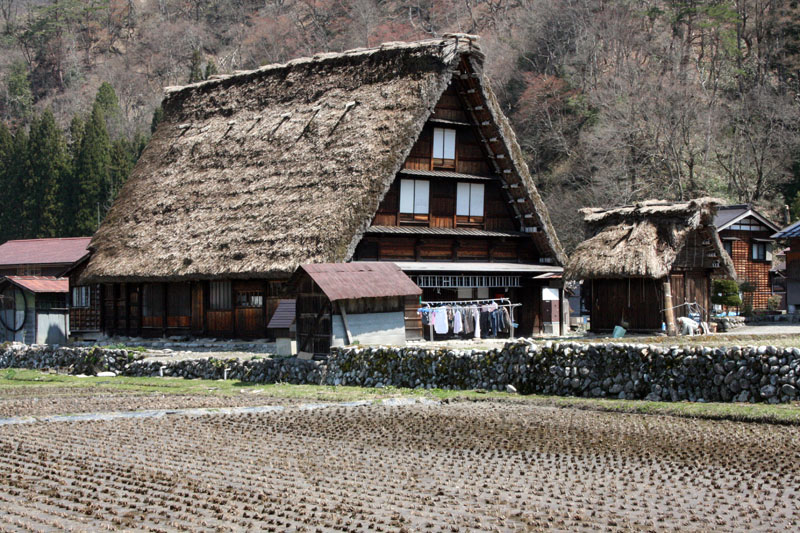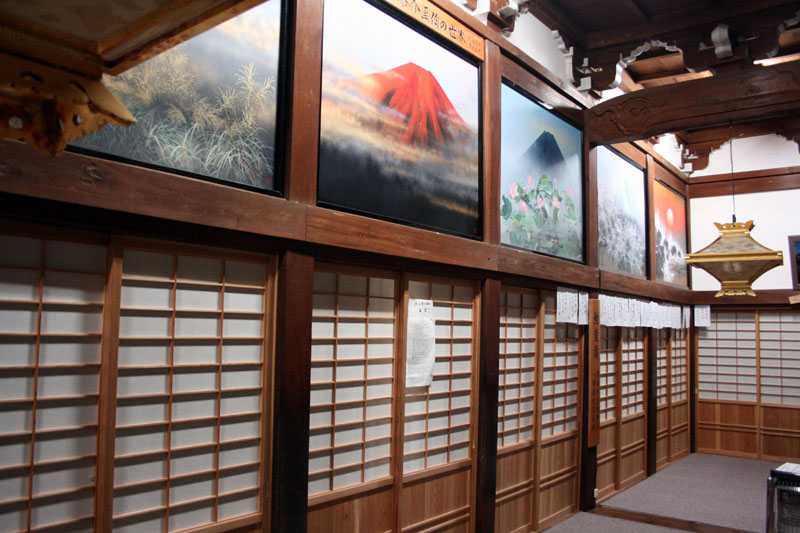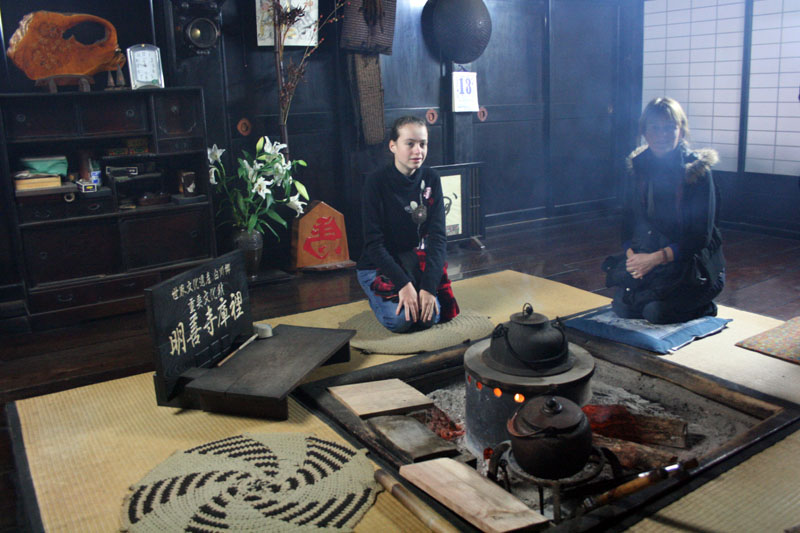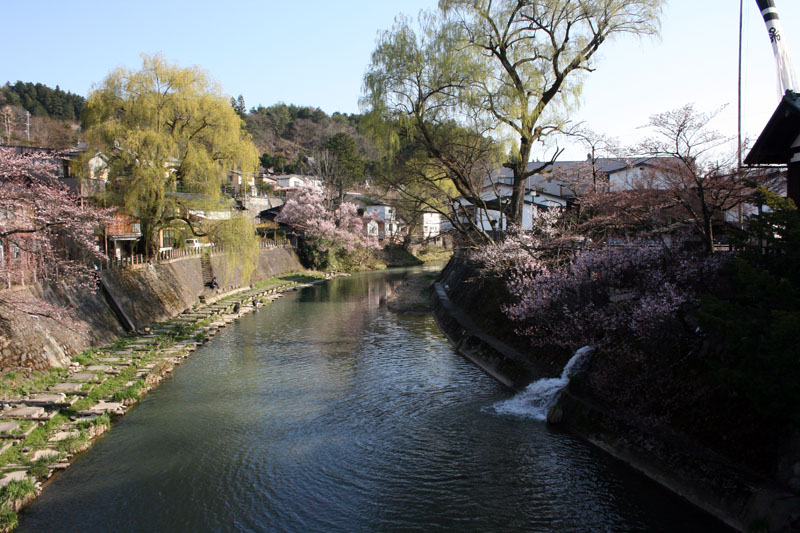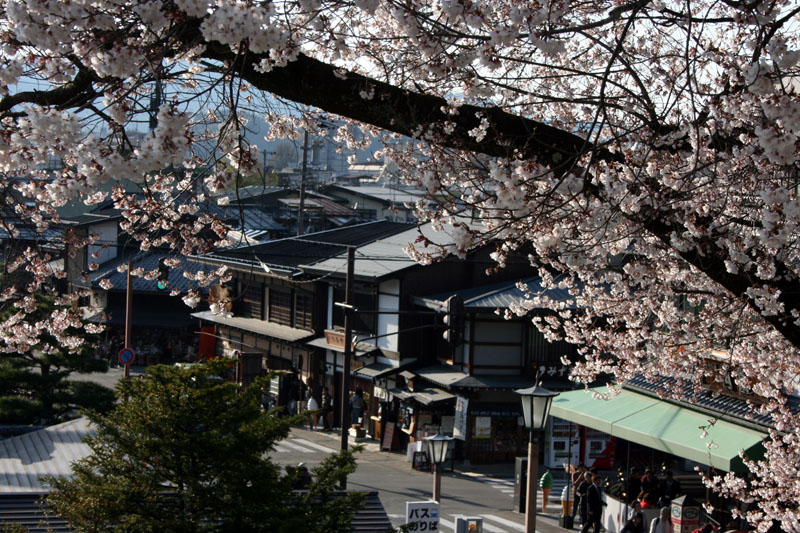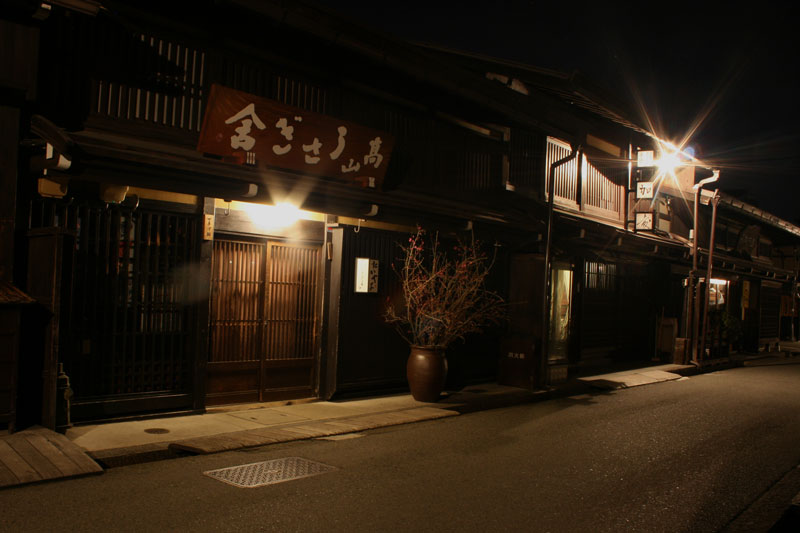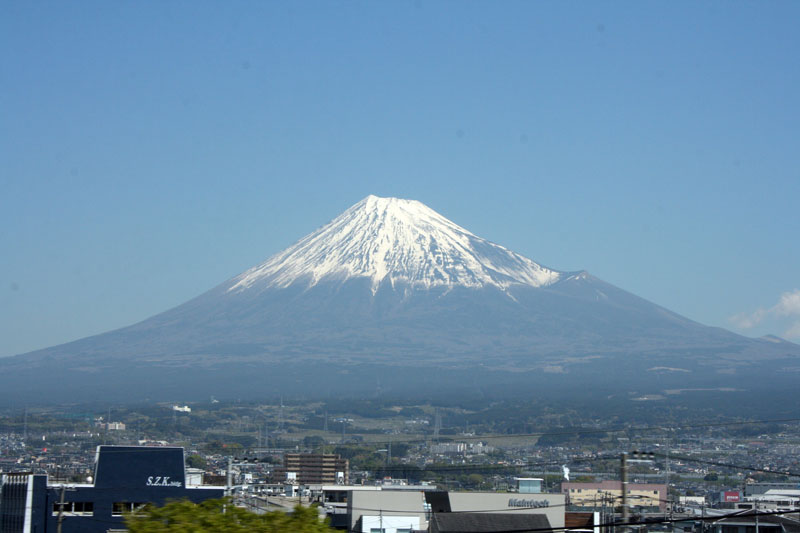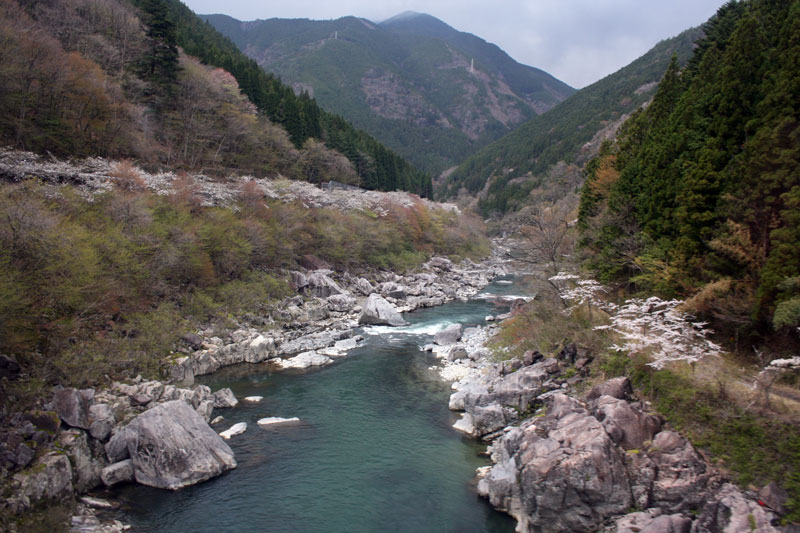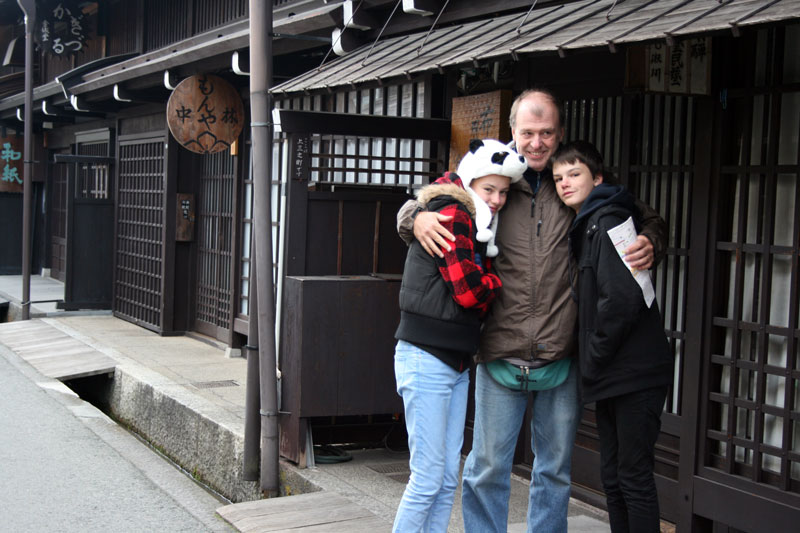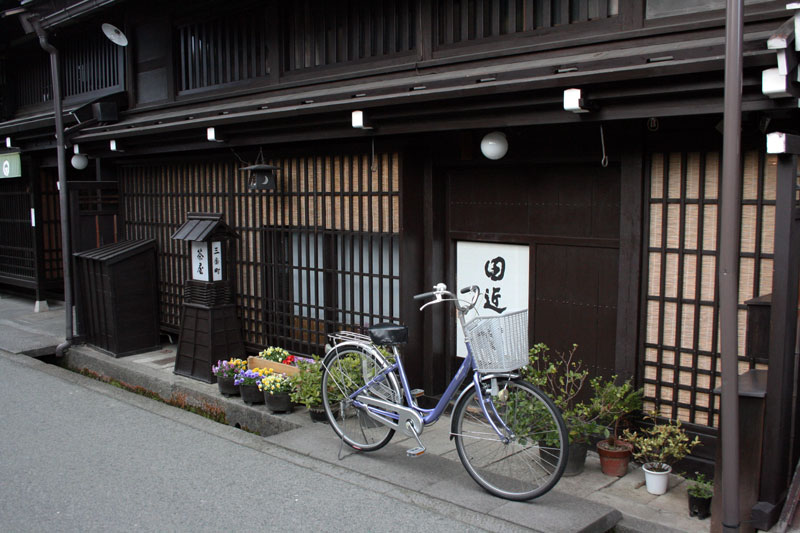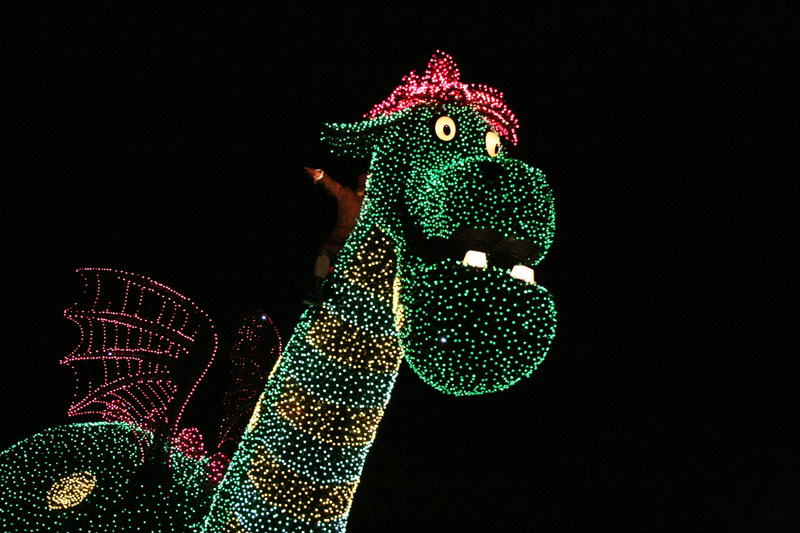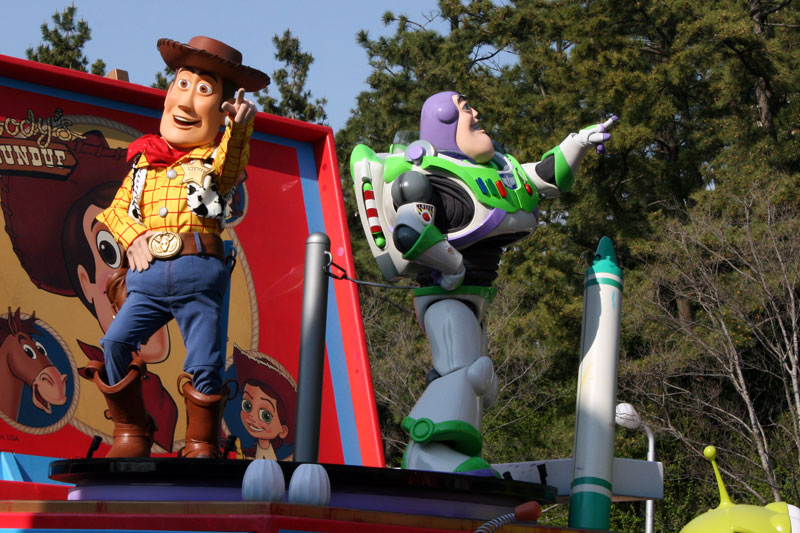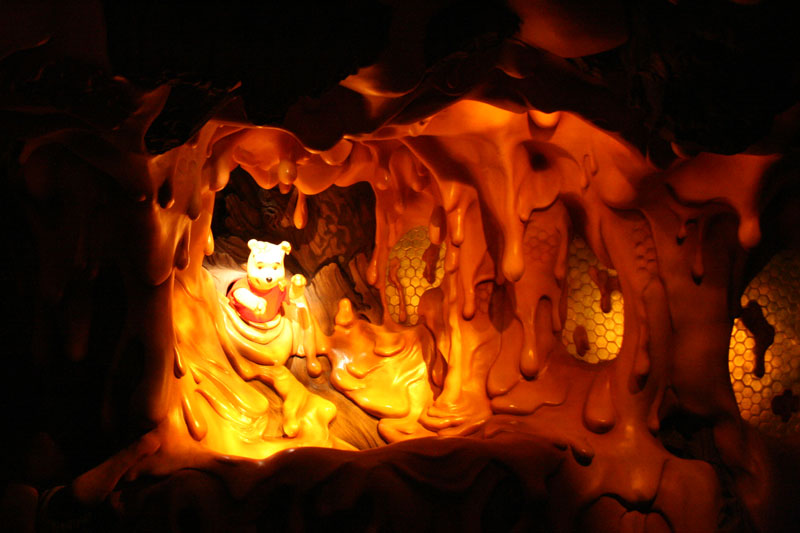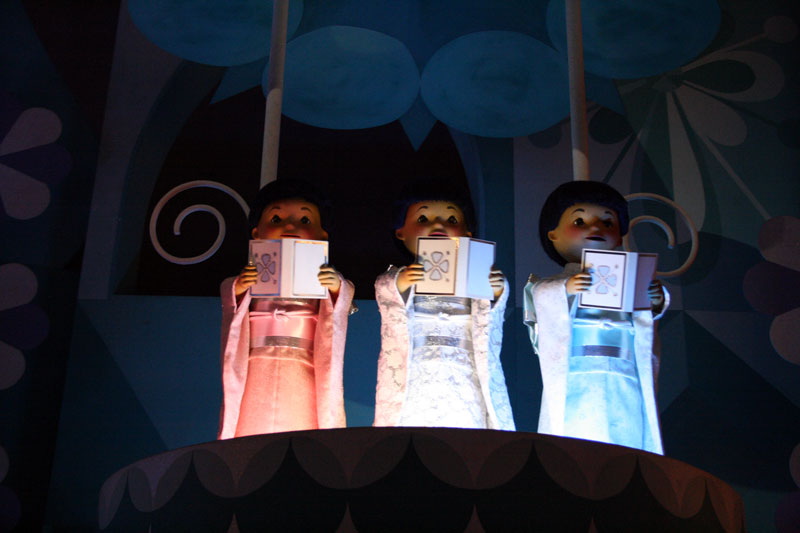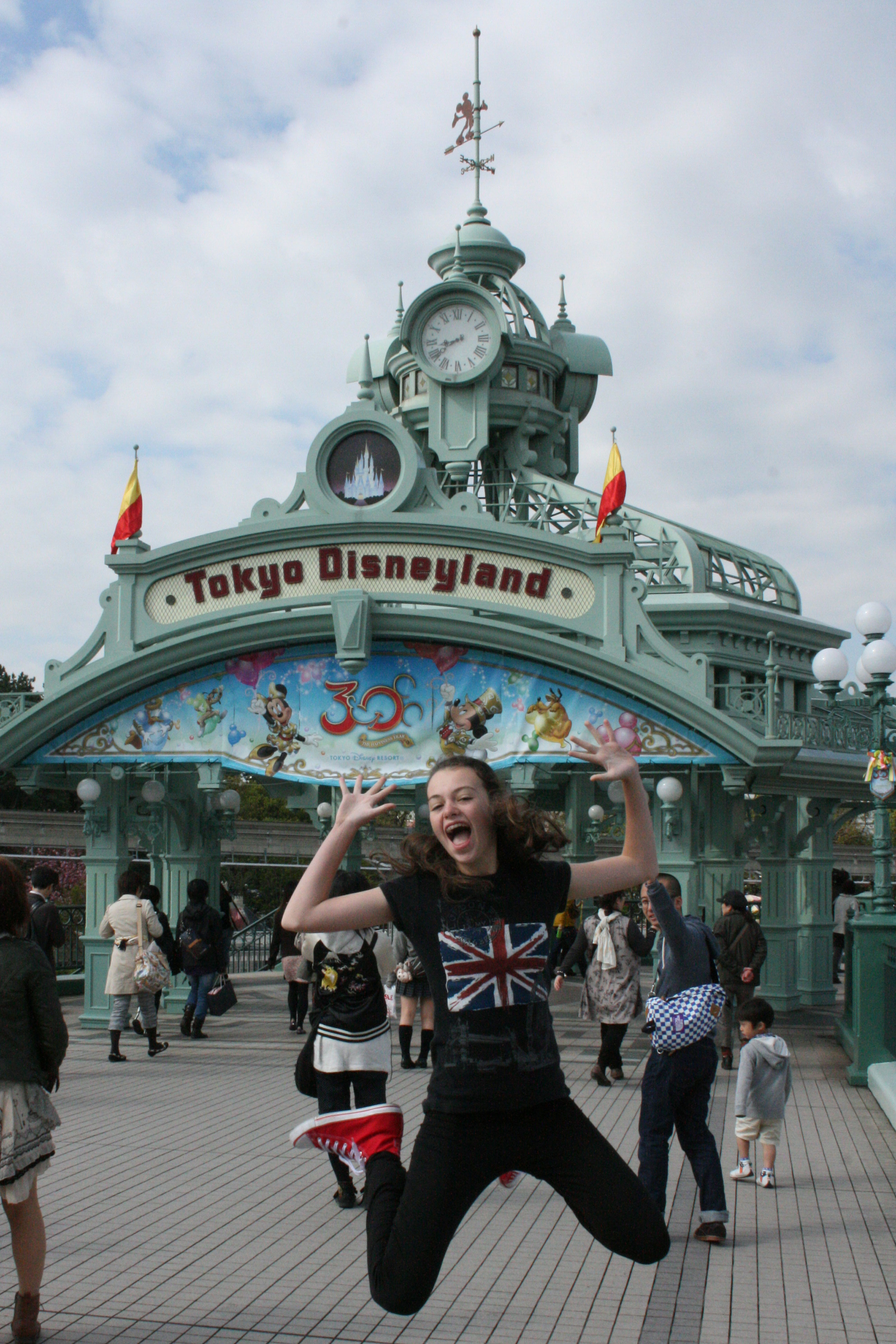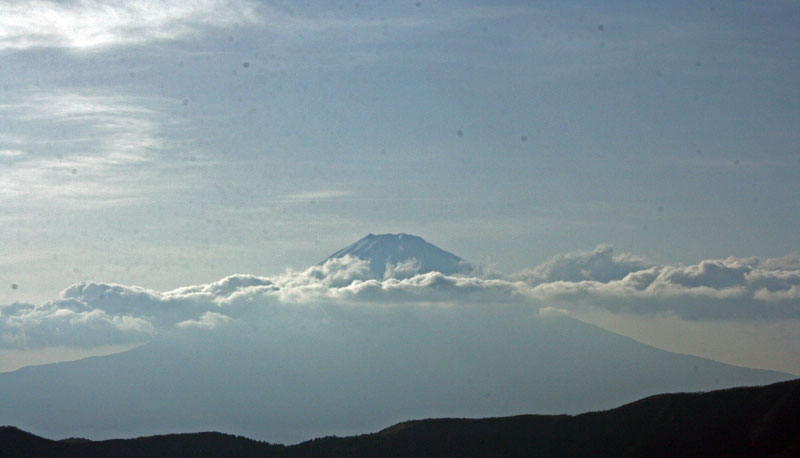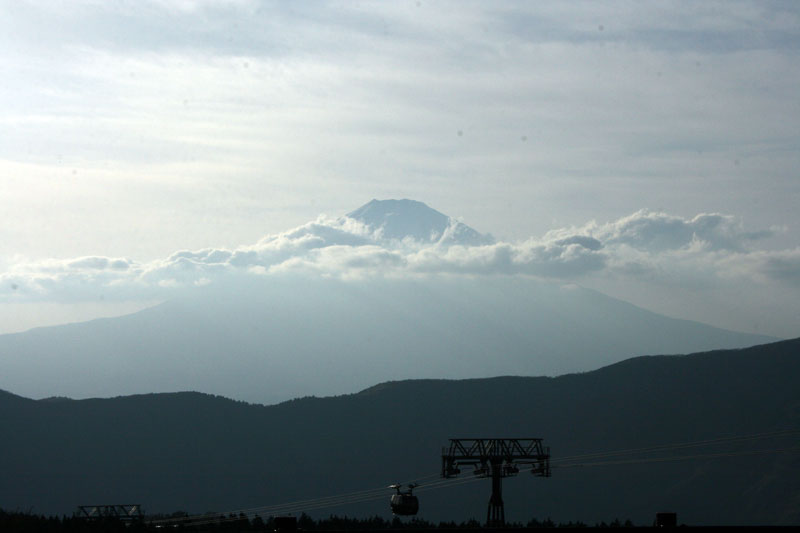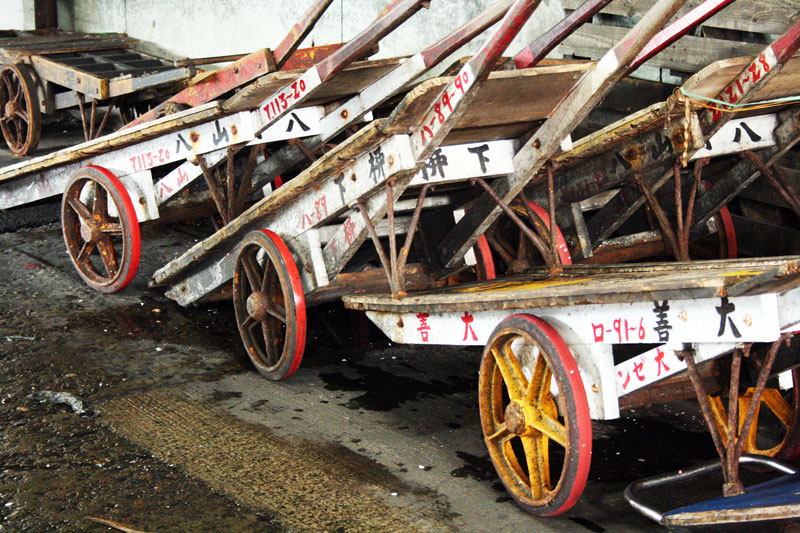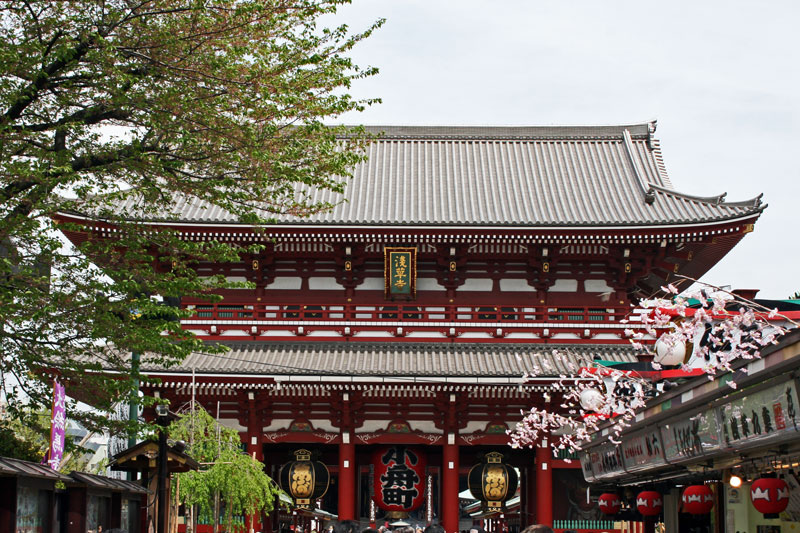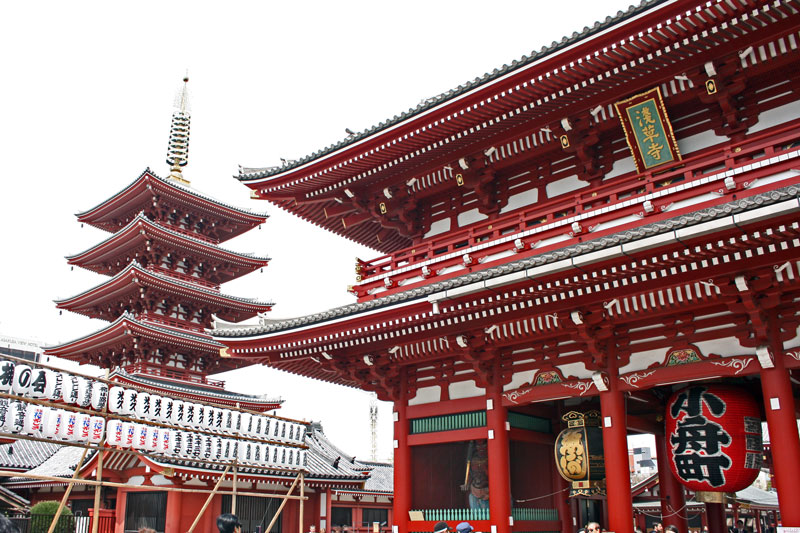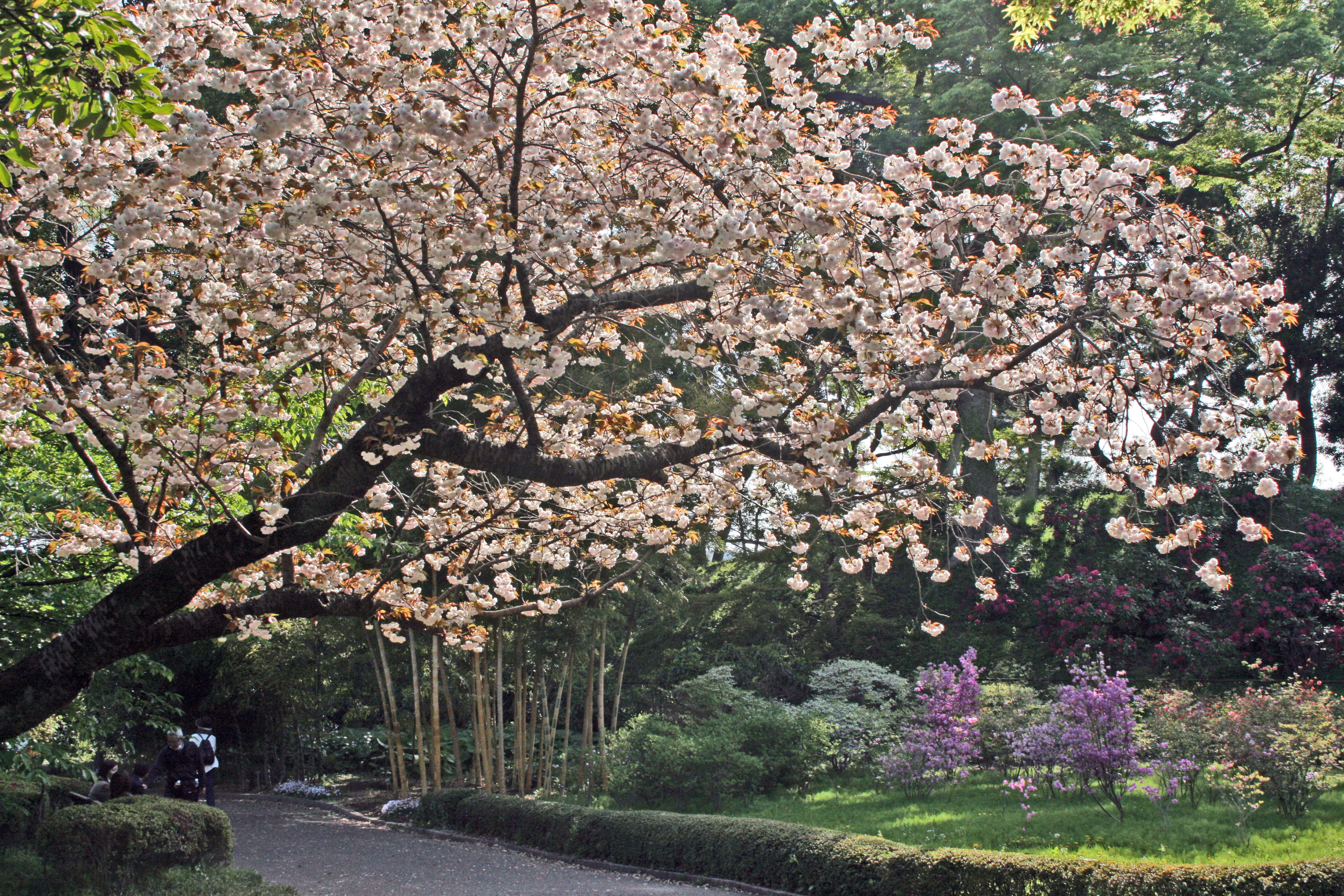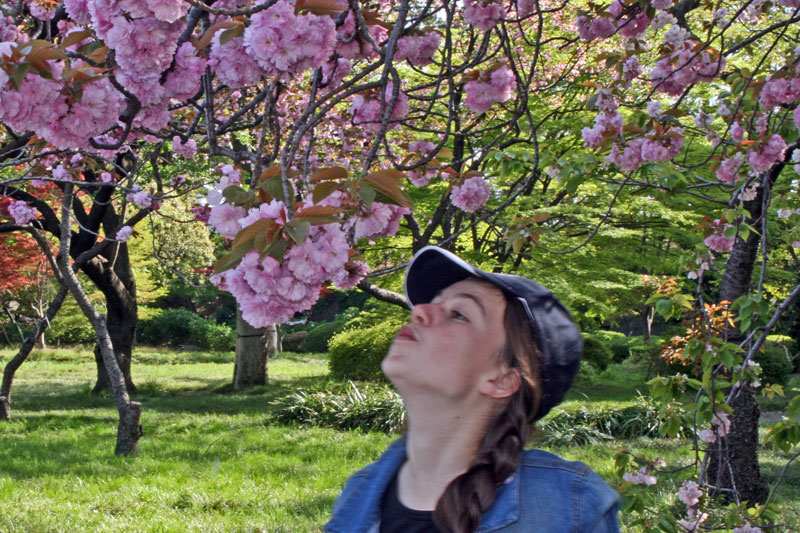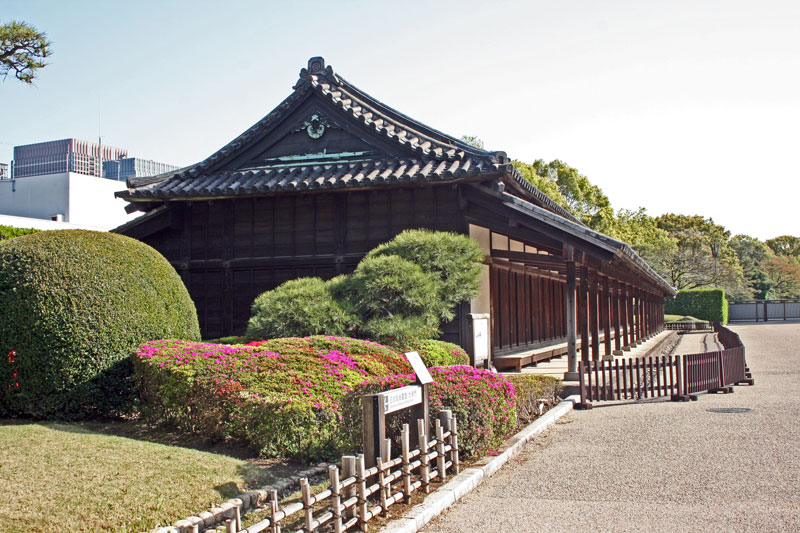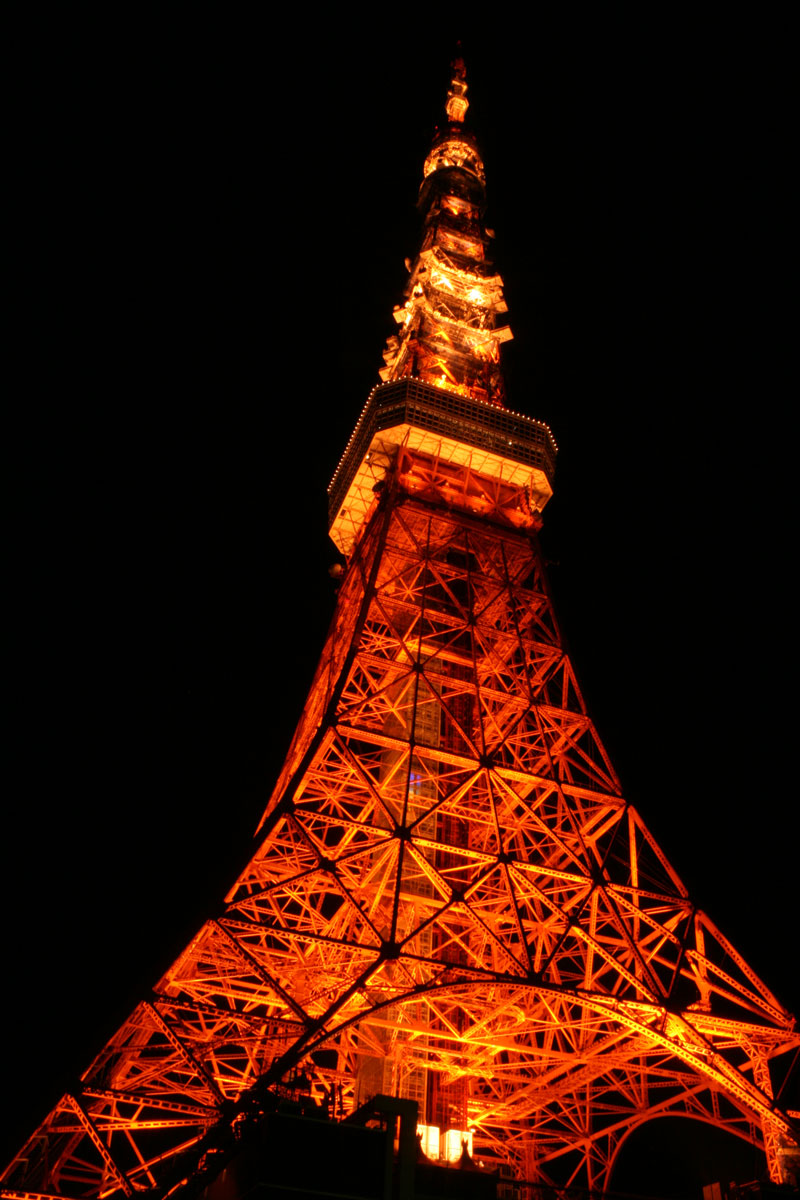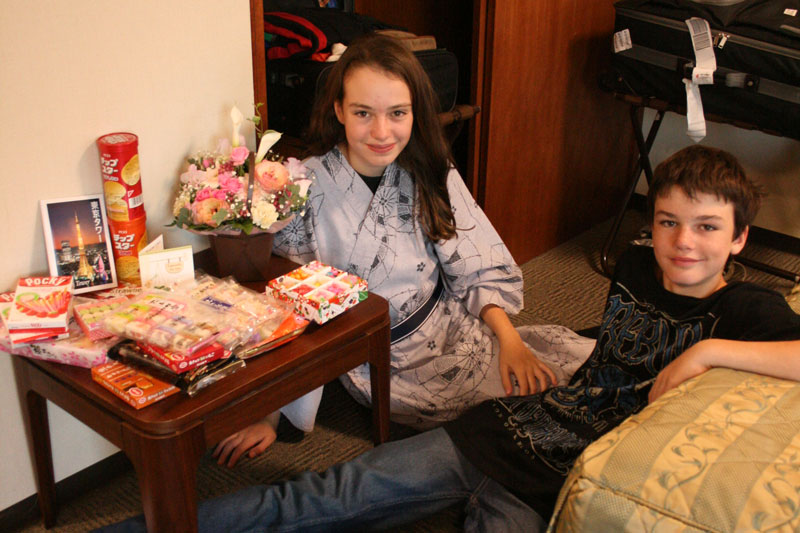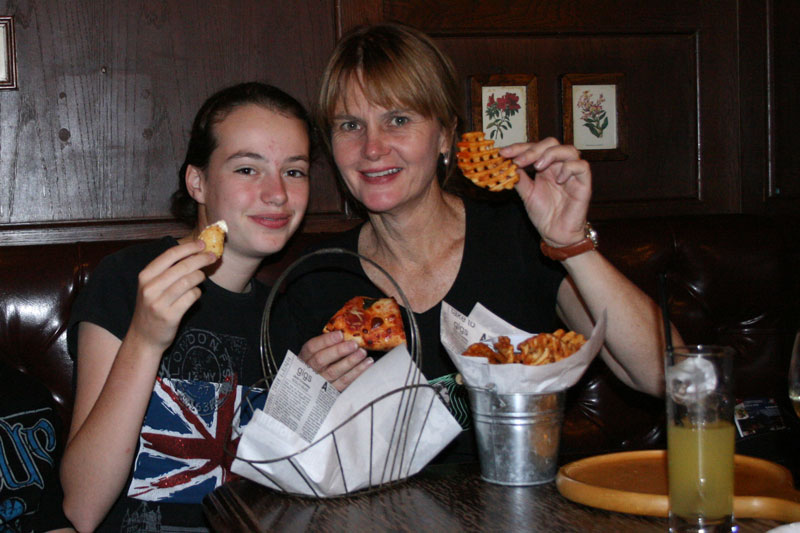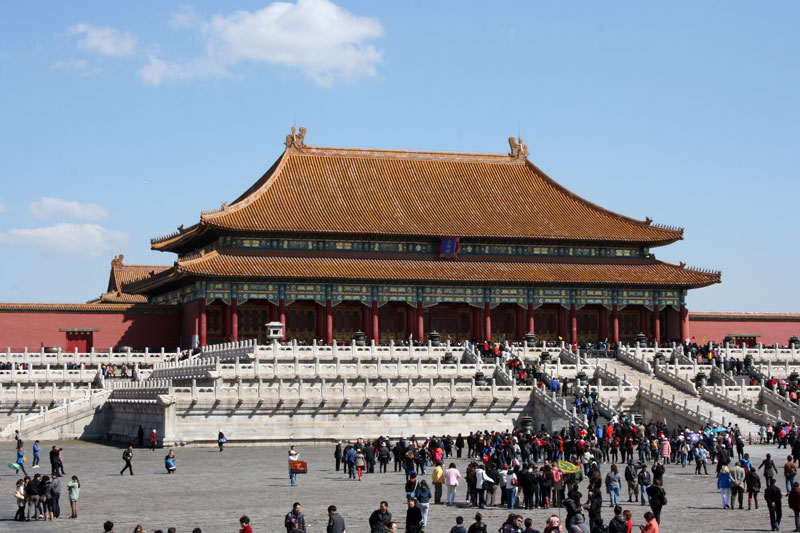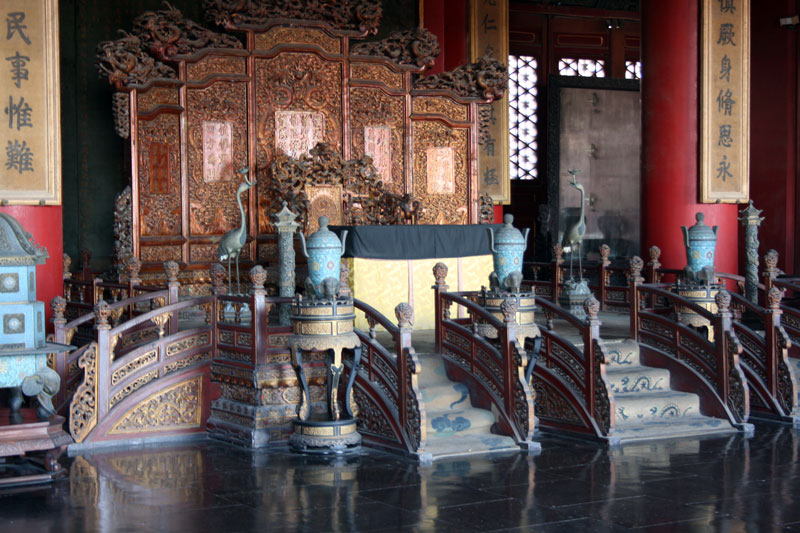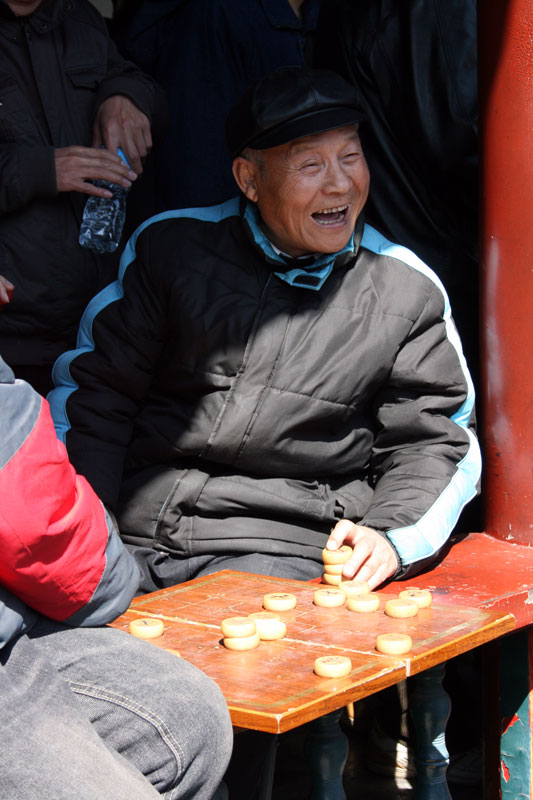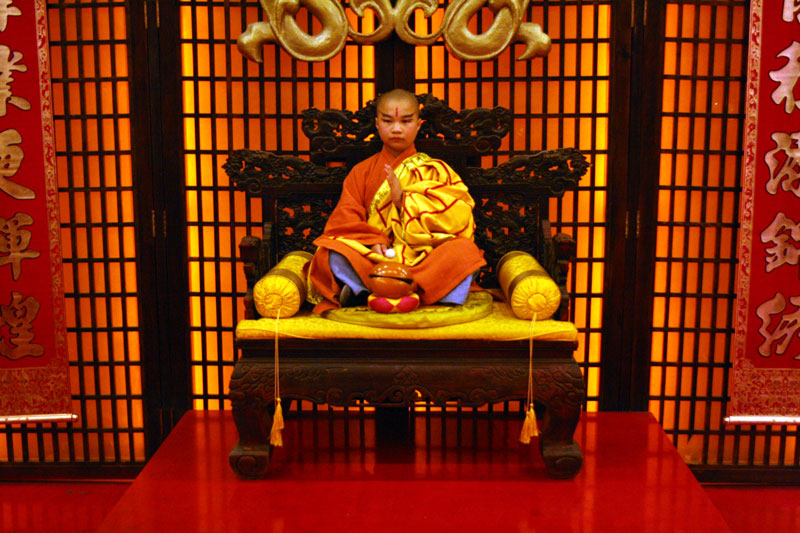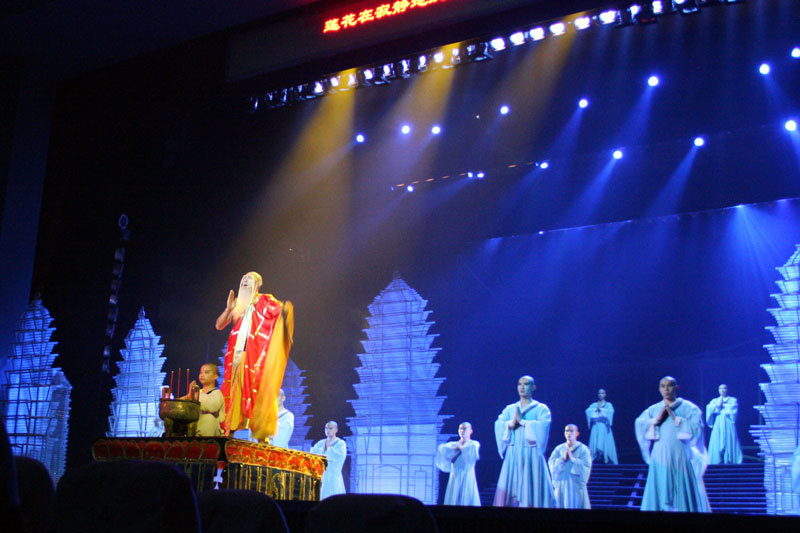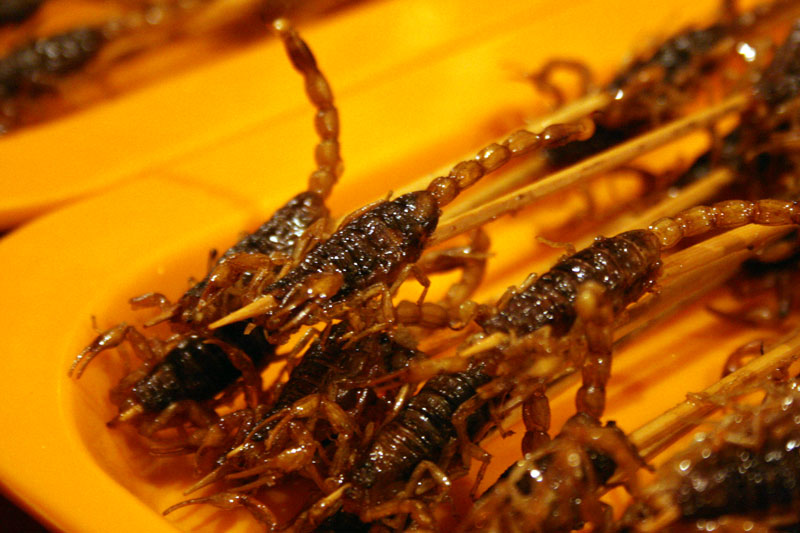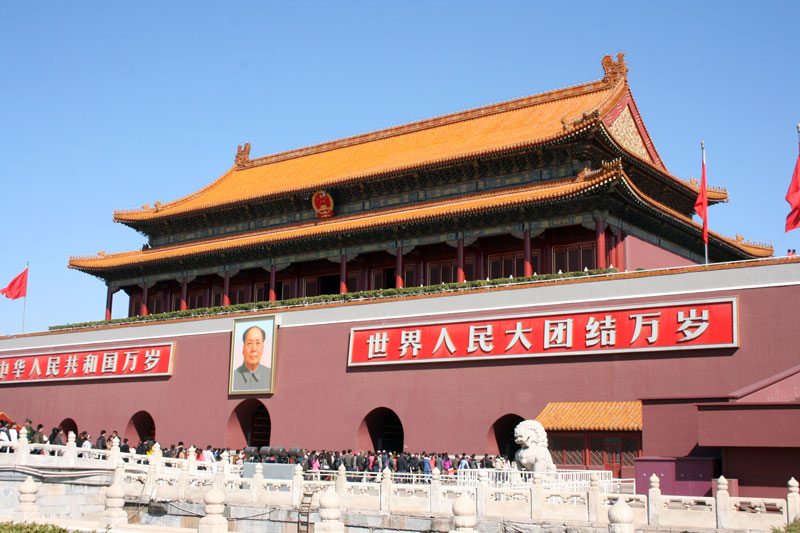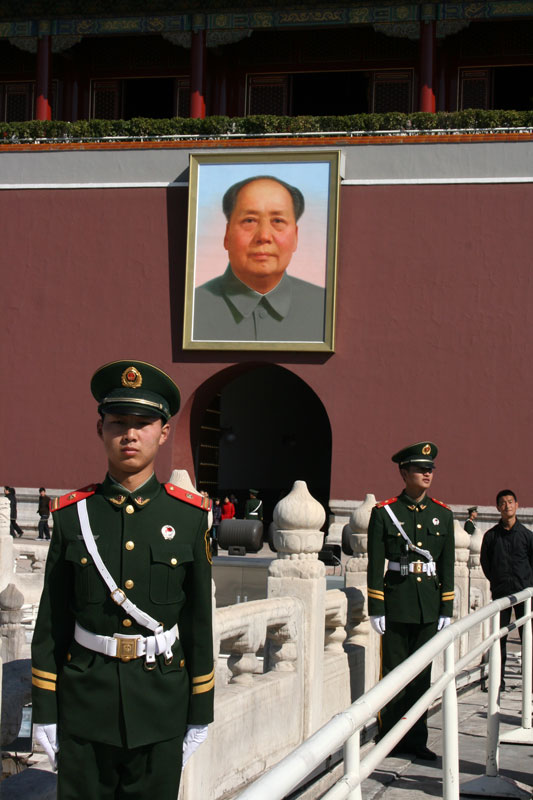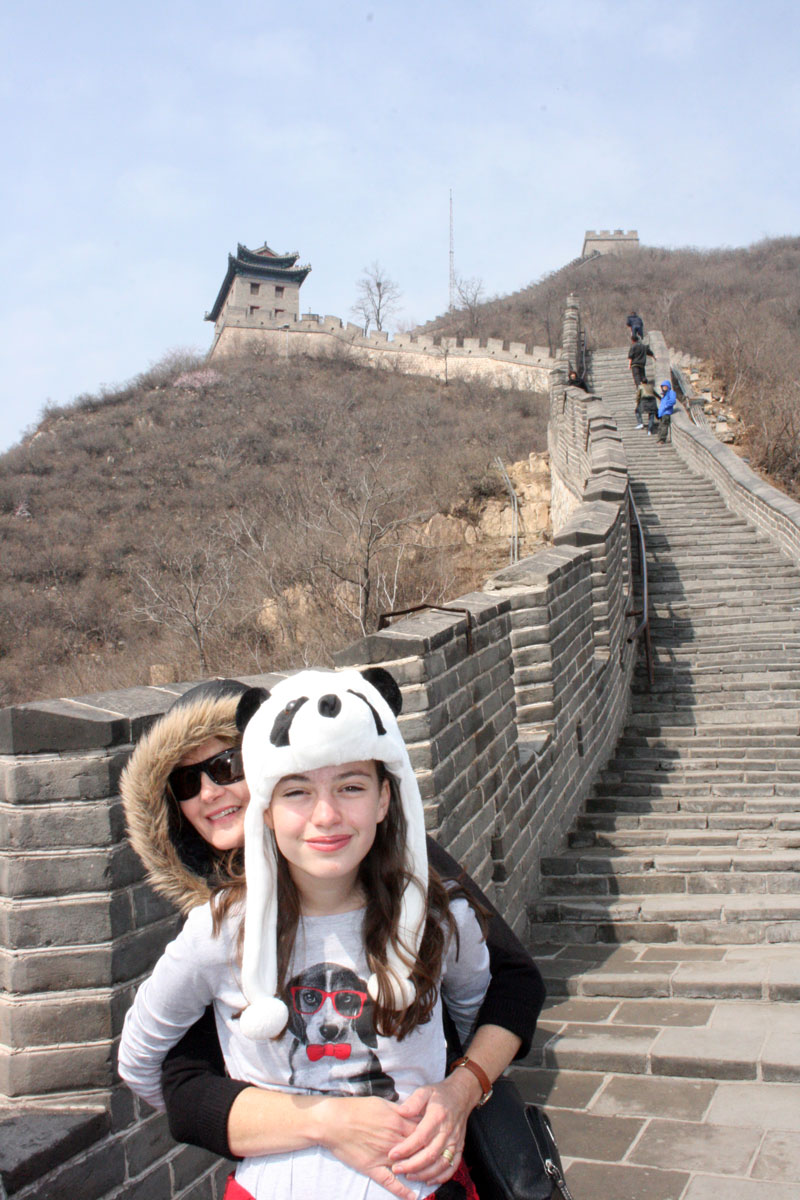 Another cool start to the day, and the sky not so blue, but still less air pollution than I was expecting. First stop was a jade factory, where the kids and I passed the time by trying to find the most expensive item in the shop. The most expensive we found was $US400000 for a jade fountain. Bargain.
Another cool start to the day, and the sky not so blue, but still less air pollution than I was expecting. First stop was a jade factory, where the kids and I passed the time by trying to find the most expensive item in the shop. The most expensive we found was $US400000 for a jade fountain. Bargain.
The Juyongguan section of Great Wall was next. This is a section about an hour out of Beijing. We walked up a very steep section of wall, initially with lots of tourists, but in true Hunter style we kept going further than 99% of the other people, rewarding us with a section of wall with nobody else around and the opportunity for some great photos (I hope).
Lunch. Although not a typical lunch, it wasn’t far from it. Soup, mostly they’re insipid, flavourless watery soups, cold meats, 7 dishes including the obligatory steamed cabbage (yuck),rice, tea, sprite, beer and flavourless watermelon. At the lunch stop was also a huge tourist shopping area, specialising in closterine, a Beijing enamelled vase type thing.
The Ming Tombs, built around the same time as the Forbidden City, was the next stop. 13 of 16 Ming Emperors are buried here. The building design is very similar to the Forbidden City, so it was lovely to wander around with no crowds. Our guide explained ‘Hell’s Gate’. When the emperor was buried the pall bearers had to enter the land of the dead, through Hells Gate. Anybody passing through the gate was never allowed to return, so the poor pall bearers were killed inside. When we went in we got to walk around the gate, so we were allowed to come out again. Coming out through the gate (we were allowed to go through it in that direction) we had to say ‘I’m Back’.
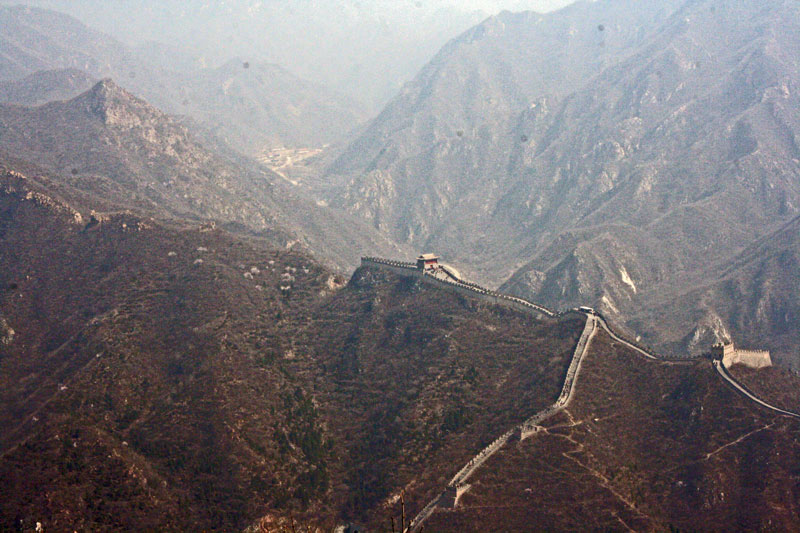
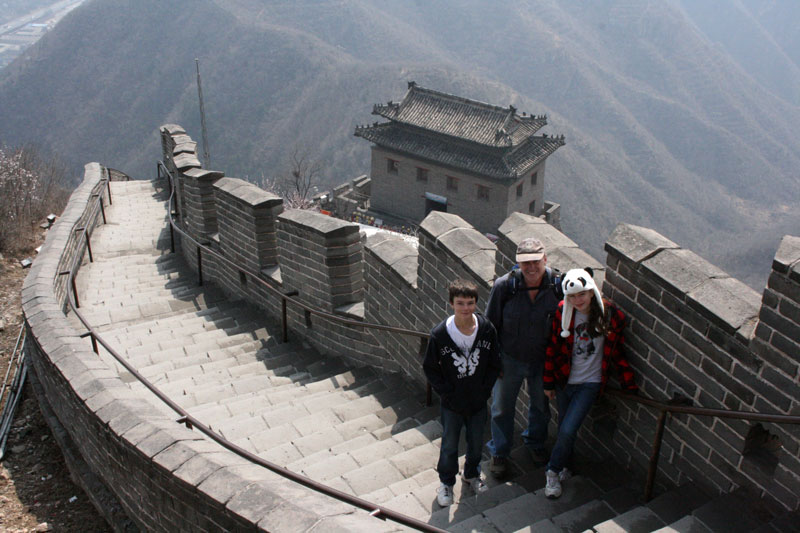
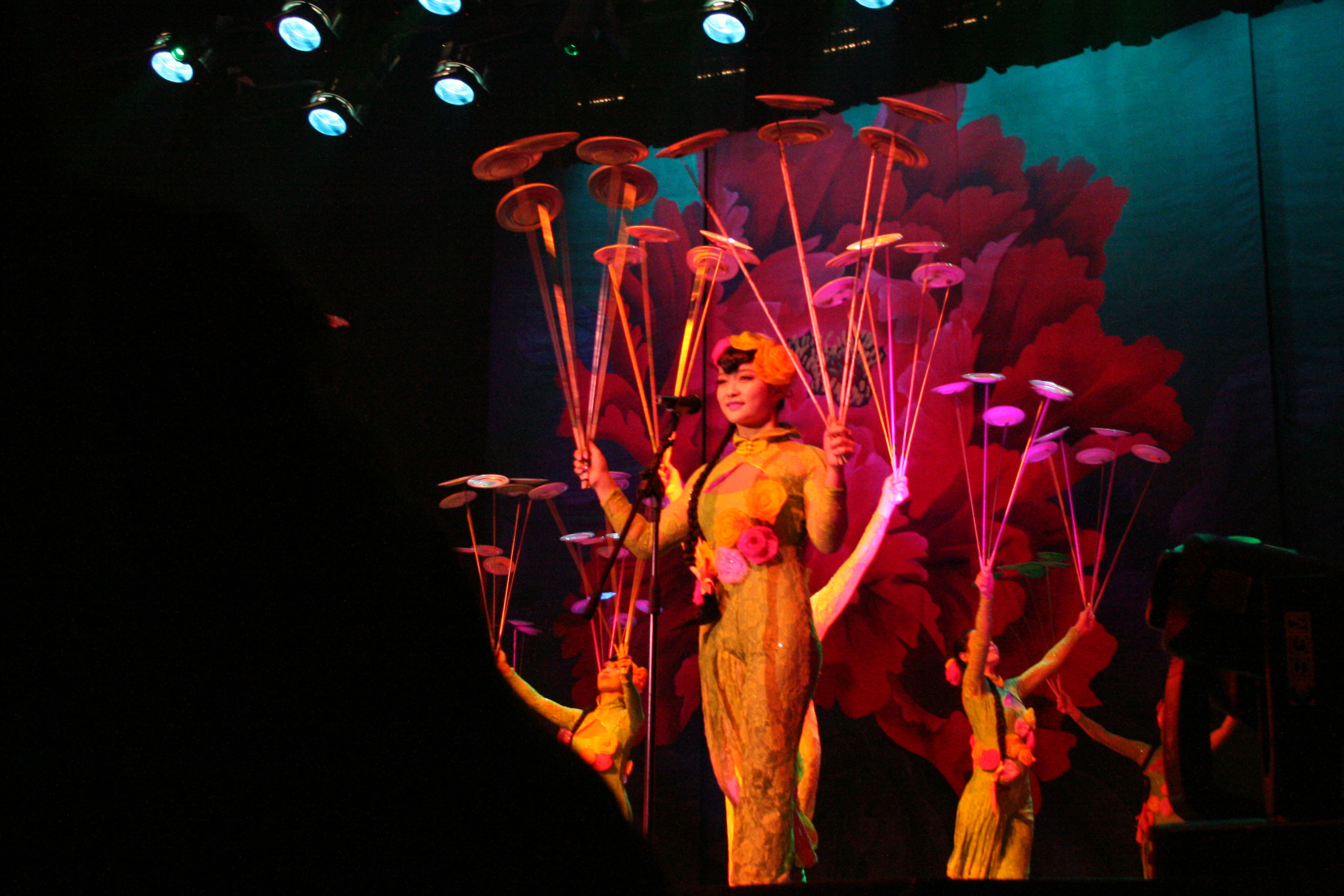
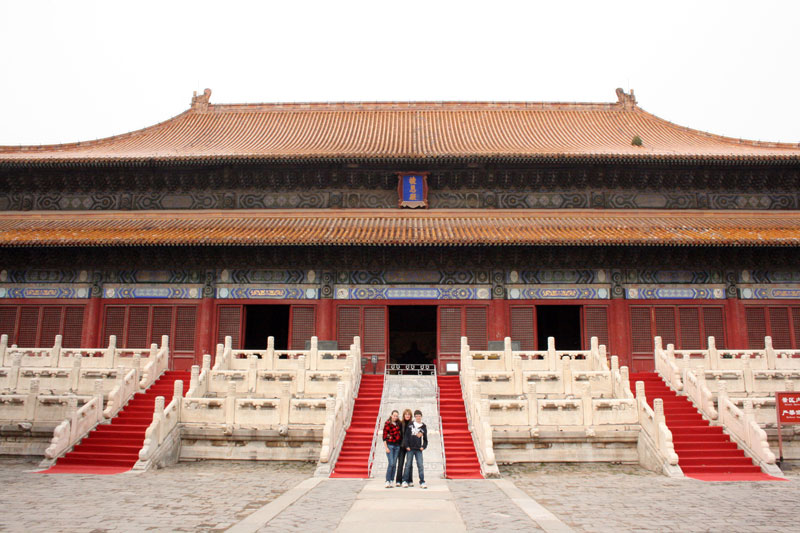 We had a short street walk while we waited for the acrobat show to begin. Some of the sops were very differnet to home; hardware stores, bike repair shops, but some were almost exactly the same; cake shops, shoe.
We had a short street walk while we waited for the acrobat show to begin. Some of the sops were very differnet to home; hardware stores, bike repair shops, but some were almost exactly the same; cake shops, shoe.
The Acrobat Show was amazing. Juggling, balancing, jumping through hoops and bike balancing, but Lauren says the best bit was the popcorn.
After the show was dinner, then back to the room to pack for tomorrow – leaving for Japan.
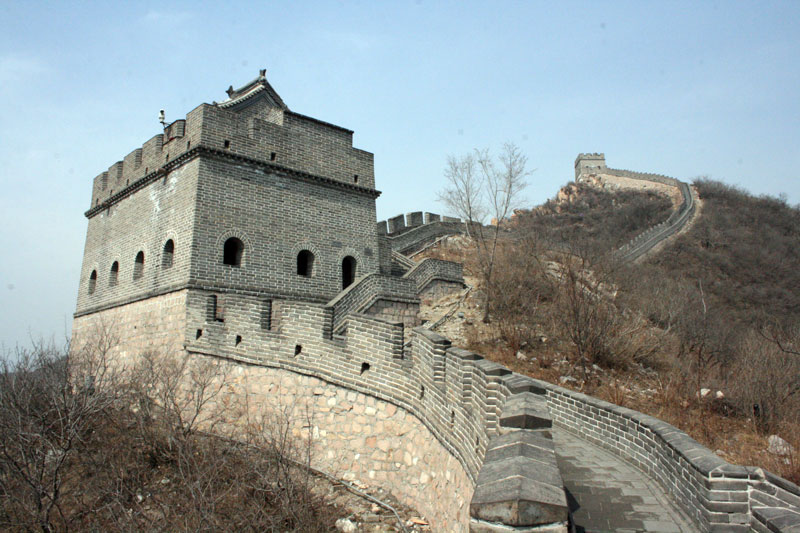
So, how has China rated?
The people are kind and considerate, but in a crowd (which is a lot of the time) they become pushy and loud.
The food has been good (and certainly better than Carol’s expectations). Much of it was bland, but after each guide got to know our tastes it improved until we got to the next city, where we had to retrain the next guide.
The history is fascinating. Every aspect of Chinese life, architecture, food, everything has meaning. It would be a pity if this was lost as China hurtles into the 21st century
The traffic is amazing. Chaotic, line markings, signs and even traffic lights have little relevance. But it works. The traffic keeps moving. Beijing traffic is more ordered than elsewhere, but still crazy.
Some things are very cheap – Snickers bars for 4.5 yuan (about 70 cents) 2 scoops of ice cream in a waffle cone for 15 Yuan ($2.50ish), some about the same as home – a coffee for about 30 Yuan ($5) and other things very expensive, such as a swim in the hotel pool for just 100 Yuan (about $18.)
Language and navigation would be tricky without a guide. In most of the tourist places some English is spoken, but often just a few words. “Hello Hello T-shirt Hello”, “Hello Hello Rolex Hello”. But these street sellers were never too intrusive. I think I only offended one person, and that was in the official gift shop at the Warriors where they were charging ridiculous prices for souvenirs. I told the salesman I’d rather buy on the street. He said I’d be buying rubbish, so I told him I’d rather buy rubbish than pay his prices. He wasn’t happy.
China souvenir wrap-up:
Carol – A few books, Christmas Ball, Chopsticks (Y20, bargained down from Y65)
Lauren – Panda hat, panda teapot, panda key rings, panda, charm bracelets, epic cow voodoo (very traditional Chinese!),
Lachlan – Warrior (Y100 from Y180), Painted bottle and Dragon key ring
Colin – Set of Warriors – bargained from Y250 to Y50
